|
I’m feeling nostalgic about my captivating trips to Sicily, and wish I could be there now. So the next best thing is opening a bottle of wine produced in Sicily! I love a wine that fills your senses and can connect you to a particular region and terroir. It’s magical! So, travel with me to Sicily via the nose and palate with these three gems! Donnafugata SurSur 2021 Grillo, Sicilia DOC SurSur is made with 100% Grillo grapes. It is an ancient indigenous variety and one of Sicily’s best-known grapes found throughout western Sicily. It is noted for its citrus flavors, sweetness, and mild acidity. Due to the innovation of winemakers, Grillo has a wide range of styles, from crisp and savory, to structured and mature. Historically, Grillo was used to produce Marsala wine because of the grape’s high sugar levels, making it ideal for producing fortified wines. However, Catarratto has taken the lead in Marsala production. It is interesting to note that in 1848 Grillo became a hybrid of Zbibbo and Catarratto. The grapes for SurSur are harvested from Donnafugata’s Contessa Entellina Estate Vineyard located in the Southwestern part of Sicily. The wine is aged in tanks for two months and then a minimum of three months in bottle before release. I have reviewed several vintages of SurSur, and it never disappoints. Nose: Floral, white stone fruit, melon, citrus, and a hint of basil. Palate: Fresh and lively with notes of peach, pear, tropical fruit, and a touch of herbs. Alcohol: 13.5% SRP: $24.99 Pairing suggestions: Enjoy as an aperitif or with appetizers, seafood, paninis, and salads. To quote Donnafugata, “SurSur is a fresh and fruity Grillo with a young twist.” Mandrarossa Cartagho 2018 Sicilia DOC Mandrarossa is a brand created by Cantine Settesoli, located in Menfi, on the island’s southwestern side. Cantine Settesoli was founded in 1958, and it is the largest winery in Sicily and a source of ongoing research and innovative ideas. Mandrarossa is Settesoli’s top brand which emerged in 1999. The grapes for this 100% Nero d’Avola are sourced from vineyards in Menfi at 150 meters above sea level in limestone and sandy soils. This wine is aged one year in barrique and then another four months in bottle. I reviewed the 2017 vintage in February 2022, and this 2018 vintage is just as amazing! Nose: Enticing aromas of berries, dark cherry, and a touch of baking spice and pepper. Palate: Blackberries, ripe cherry, spice, with a touch of plum, dates, and dark chocolate. It is fresh, with good acidy, soft, ripe tannins and subtle minerality. Alcohol: 14% SRP: $25.99 Pairing suggestions: Aged cheese, beef stew, seared tuna, pasta, or game. Vecchioflorio Marsala Superiore DOC 2018 Cantine Florio produces this fortified wine. Marsala wine is made exclusively in and around Marsala, a town in the province of Trapani in the westernmost part of Sicily. Although Marsala is commonly known as a cooking wine that enhances many recipes, a variety of Marsala wines are to be enjoyed as an aperitif or sipped with main courses and desserts. Marsala wines range from dry to sweet. This Marsala is a blend of Grillo and Catarratto grapes and is a sweet wine. One of the secrets of quality Marsala is aging, which is why Vecchioflorio ages in oak barrels of different capacities for at least 24 months and then a minimum of two months in bottle. Nose: Delicious notes of apricots, dried figs, licorice, and a hint of almonds. Palate: Aromas segue onto the palate with dried fruit, raisins, vanilla, and baking spice that lingers on a long finish. This is a rich and elegant wine. Alcohol: 18% SRP: $14.99 Pairing suggestions: Enjoy as an aperitif or with medium-aged cheese, green vegetables, endive with goat cheese, smoked meats, or desserts, especially chocolate! Enjoy a glass of these wines and transport you and your palate to Sicily! Until next time…
Cheers! Penina To leave a comment or if you have an inquiry, please contact me at [email protected] Several months ago, I was invited to a virtual tasting of Famiglia Cecchi Wines led by their oenologist, Miria Bracali. It was a memorable sampling of wines representing a few of Cecchi’s estates in Chianti and Maremma, located in Tuscany. In 1893, Luigi Cecchi founded the company in a small Tuscan village. It has since been passed on from one generation to the next, and today is led by brothers Cesare and Andrea, the fourth generation of the family. The Estates Today In addition to the Cecchi estate, the family owns and oversees five other wine estates, four in Tuscany and one in Umbria. The family’s first purchase was Villa Cerna in the early 1960s, located in Castellina in Chianti. Today there are 80 hectares of established vineyards surrounding the renovated winery. In 1996, the family purchased 25 hectares in the burgeoning wine area of Maremma. After constructing an elegant winery, they named it Val delle Rose. Located in the Municipality of Grosseto, the estate today comprises 105 hectares of mainly Sangiovese proprietary vineyards used to produce Morellino di Scansano DOCG. By the end of the 1990s, the family began to look beyond their Tuscan borders and invested in the wine area of Montefalco in Umbria. They purchased Tenuta Alzatura, 26 hectares of vineyards across three parcels, dedicated to the enhancement of native vine varieties and the production of the region’s namesake label, Montefalco Sagrantino DOCG. In 2015, the Villa Rosa estate in Castellina was added to their winemaking estate portfolio. Villa Rosa is comprised of 30 hectares of vineyards that give rise to a traditional and elegant Chianti Classico DOCG. The last acquisition was made in 2018 when the family purchased 6 hectares of vineyards in Montalcino. The estate is called Tenuta di Montalcino. Throughout all the estates, sustainable winemaking is ongoing and vital to the Cecchi family, and they “consider protecting the environment a duty for those who work in the agricultural field. Territories are to be considered a heritage that must be defended and respected.” Here are four of the eight wines sampled from the estates of Valle delle Rose, Villa Cerna, and Cecchi. Val delle Rose Cobalto Maremma Toscana DOC 2020 The soil in Maremma has more acid, along with sand and rocks, resulting in more sapidity in the wines. This wine is 100% Vermentino. Fifty percent of fermentation takes place in oak, 34% in amphora, and 16% in stainless steel tanks. It is aged ten months with a minimum of six months in bottle. Nose: Sweet, herbal, minerality, and a hint of tropical fruit. Palate: Dry and fresh, with pear, white stone fruit, vibrant acidity, sapidity, minerality, and toasted oak. A complex and delightful wine with notes of the sea lingering on the palate. Alcohol: 13.5% SRP: $45-50 Pairing suggestions: Enjoy as an aperitif or with fish, seafood, mushroom risotto, or grilled chicken. Val della Rose Poggio al Leone Morello di Scansano Riserva DOCG, 2019 This wine is 90% Sangiovese and 10% Corvina. After fermentation in stainless steel tanks, the wine is aged for a minimum of 12 months in barriques. Nose: Floral, red, ripe fruit, earth, and spices. Palate: Plum, cherry, minerality, smooth tannins, baking spice, and cocoa with a long finish. Alcohol: 14.5% SRP: $35 Pairing suggestions: roasted or grilled meat and game, stews, risotto, or vegetable pizza. Cecchi Chianti Classico “Storia di Famiglia”, DOCG, 2020 This is Cecchi’s first Chianti Classico wine and most distributed. It is 90% Sangiovese, 5% Cabernet Sauvignon, and 5% Corvina. The wine is aged for a minimum of two months in bottle. Nose: Floral, red fruit, spice Palate: Fresh red fruit with nice acidity, cherry notes, cranberry, medium tannins, good balance, and a juicy finish. Alcohol: 13.55 SRP: $20 Pairing suggestions: Game, grilled tuna, pasta with sautéed greens, or chicken. Villa Cerna Chianti Classico Riserva DOCG 2018 Produced only in the best vintage years, this wine is 95% Sangiovese and 5% Corvina. 2018 was an excellent year for Sangiovese. The grapes are sourced from vineyards used only for Riserva wines. This wine is aged 14 months in barriques and small barrels, with a minimum of nine months in bottle. Nose: Floral aromas with red fruit, cedar, espresso beans, and spice.
Palate: Nice balance of freshness and acidity, with ripe red fruit, cherry, berries, baking spice, mineral notes, and a long finish. Alcohol: 14% SRP: $35 Pairing suggestions: Grilled meat, game, aged cheese, chicken parmesan, or pasta. If you’ve never tried Cecchi wines, then now is the time to indulge your palate with these Tuscan gems. They are reasonably priced and available almost everywhere. Until next time… Cheers! Penina To leave a comment or if you have an inquiry, please contact me at [email protected] Daylight savings has begun, and spring is just around the corner! As a rule, my mood dictates what wine to open, not the weather. And as I’ve mentioned many times in articles I’ve written, I’m not a “seasonal” wine drinker. I enjoy red, white, and rosé all year round. But of late, I’ve been looking forward to sitting outside amongst the budding trees, being serenaded by the birds, enjoying the scent of blooming lilacs, watching the sunset, and sipping a white or rosé wine! Pure bliss! And as much as I love all the seasons, I have a soft spot for spring because it is the season of renewal. And as Gustav Mahler, the composer, said, “Spring won’t let me stay in this house any longer! I must get out and breathe the air deeply again!” So without further ado, here are three white and three rosé wines to kick off the spring season and to enjoy while embracing the longer days and Mother Nature’s gift of renewal. Hat Strap Chardonnay, Los Carneros AVA 2021 This California wine is produced by Cline Family Cellars, established in 1982, a family-owned and operated winery. The grapes for this 100% Chardonnay are sourced from the Cline family’s J. Poppe sustainably farmed vineyard, the oldest Sonoma vineyard on the winery’s estate. Grapes are fermented in a mixture of stainless tanks and French oak barrels. The wine is aged for ten months in 35% new French oak barrels, 35% in neutral barrels, and the rest in stainless. Nose: Sweet apples, white stone fruit, tropical notes, and a hint of lemon. Palate: Juicy peach, pineapple, a hint of herbs and spice with a creamy mouthfeel, and lively acidity balanced with a savory finish. Alcohol: 14.5% SRP: $25.00 Pairing suggestions: Enjoy as an aperitif or pair with salads, light pasta, grilled seafood, or roasted chicken and veggies. Herdade Do Esporão Monte Velho Rosé 2021 Herdade Do Esporão, whose history dates back over 750 years, has vineyards located in the Alentejo wine region in the southern half of Portugal. Monte Velho means “old mound.” and refers to a high point on Herdade Do Esporão estate capped by the ancient square fortress depicted on the label. Blending is a significant part of wine production in Alentejo, and this rosé is a blend of Touriga Nacional, Aragonez, Tinta Caiada, Syrah, Trincadeira, and Arinto, a white grape. The wine is certified vegan by the European Vegetarian Union. Nose: Floral, red berries, and pomegranate. Palate: Aromas segue onto the palate with a nice balance of fruit and acidity. This wine is fresh and lively and is an easy sipper to enjoy while watching the sunset! Alcohol: 12.5% SRP: $12 Pairing suggestions: Enjoy as an aperitif, or serve with charcuterie or light fare. Mandrarossa Grillo Sicilia DOC 2021 Mandrarossa is a brand created by Cantine Settesoli, located in Menfi, Sicily, on the island’s southwestern side. Cantine Settesoli was founded in 1958, and it is the largest winery in Sicily and a source of ongoing research and innovative ideas. Mandrarossa is Settesoli’s top brand, which emerged in 1999. This wine is 100% Grillo, a grape well-suited to Sicily’s hot, dry climate. It is a light and easy-drinking wine. Nose: Floral, stone fruit, lemon zest, herbs, and pear. Palate: Aromas segue onto the palate with citrus, vibrant acidity, salinity, and minerality. Alcohol: 13% SRP: 15 Euros (may not be available in the US) Pairing suggestions: Fresh ricotta, grilled veggies, seafood pasta, and grilled swordfish. Villa Gemma Cerasuolo d’Abruzzo Superiore Rosato DOC 2021 Masciarelli Tenute Agricole, a family-owned winery, was founded in 1981. They have 350 hectares of vineyards located in all four provinces of Abruzzo, Italy. They are committed to sustainability in the vineyards as well as the winery. This rosé is 100% Montepulciano d’Abruzzo, with grapes sourced from a single vineyard of five hectares. Nose: Intense aromas of floral, red berries, cherry, and a hint of citrus. Palate: A juicy and dry wine with strawberry, raspberry, vibrant acidity, a creamy mouthfeel, a touch of herbs, a hint of pomegranate, and a long finish. I love this wine! Alcohol: 14% SRP: $21 Pairing suggestions: Serve as an aperitif, or pair with fish, risotto, fowl, veggie pasta, or seared tuna. CRIOS Torrontés 2021 Susana Balbo is the founder and owner of Susana Balbo Wines, located in Luján de Cuyo, Mendoza, in western Argentina, close to the Andes Mountains. Susana produces four brands of wine that include CRIOS. The CRIOS brand was created as a tribute to her son and daughter. CRIOS in Spanish means “offspring.” It is 100% Torrontés and hand-harvested from vineyards in Cafayete (Salta) and Uco Valley (Mendoza) regions at an elevation of 5,600 ft. Nose: Floral, pear, citrus, and white stone fruit. Palate: Fresh and lively with green apple, citrus, pear, crisp acidity, and minerality. Alcohol: 12.5% SRP: $15 Pairing suggestions: Enjoy as an aperitif or serve with light pasta, seafood, salads, or Asian cuisine. Château D’Esclans Rosé Côtes de Provence 2020 Château d’Esclans is located in the heart of Provence, France. Sacha Lichine purchased this magical estate in 2006 with a determination to create the greatest rosés in the world. The Cháteau d’Esclans is the estate wine made with Grenache and Rolle (Vermentino), sourced from the estate’s vineyard. Vinification takes place in both stainless steel and barrels, adding to the wine’s freshness and complexity. Nose: Floral, strawberry, vanilla, and hints of stone fruit. Palate: Smooth, creamy, rich, and fresh, with berry, pear, minerality, sweet spice, and a long finish. Alcohol: 13.5% SRP: $60 Pairing suggestions: Enjoy as an aperitif or serve with charcuterie, salads, grilled veggies, quiche, goat cheese, smoked salmon, or sushi. Winter or spring? I am more than ready to step into the photo on the right! Photo credits: Penny Weiss Happy sipping!
Until next time… Cheers! Penina To leave a comment or if you have an inquiry, please contact me at [email protected] For the past several years, I have delved into the wines of Alentejo, Portugal, through virtual tastings and many expressive wine samples. I have written articles about many of Alentejo’s wine producers, terroir, grapes, wine reviews, and the Sustainability program. But physically exploring this magical wine region has given me a whole new perspective. After visiting Alentejo in November, I came home with an enriched appreciation not only for the wine and how this region embraces the art of traditional and modern winemaking techniques but also for its history, culture, and cuisine. Most of all, I was awed by the impressive dedication, enthusiasm, and passion these wine producers possess. Over five days, we met with 11 producers, explored vineyards and cork tree forests, sampled wines made in amphorae (a traditional and ancient way of fermenting wine in clay vessels called vinho de talha), indulged our palates with amazing cuisine, savored local olive oil, and stayed in Évora, a UNESCO World Heritage Center! So, where to begin? Alentejo is divided into eight sub-regions, so let’s explore a few of the sub-regions I visited, along with wineries, cork tree forests, and so much more, one article at a time. If Alentejo is unfamiliar, below is a short recap from a previous article I wrote. Alentejo is situated in the southern half of Portugal and covers one-third of the country. It is about a 90-minute drive from Lisbon and a must-see destination. This wine region is one of Portugal’s largest production areas and is divided into eight sub-regions, as seen on the map below. Mostly, Alentejo enjoys a typically Mediterranean climate with some Atlantic influence. However, the sub-region of Portalegre experiences much cooler temperatures due to its proximity to the mountains. The terrain throughout Alentejo is primarily flat with gently rolling hills, and the soil varies throughout its eight sub-regions. In fact, Alentejo has the most diverse soil of any region in Portugal. Interspersed amongst the mountains, hills, and valleys, one can find soil with clay, limestone, quartz, granite, schist, sandstone, and marble. Most of the soils are non-calcareous, meaning they are neutral or more acidic. Alentejo has 51,000 acres of planted vines that enjoy 3000 hours of sunshine annually. More than 80% of the grapes grown here are red, but whites are gaining momentum, especially Antão Vaz. The wines produced here come in a range of styles, influenced by the diversity of the climate and soil. Portugal has more than 250 indigenous grape varieties and 14 regional wine areas. It rates as the highest density of native grapes per square mile in the entire world. Imagine the blending creativity winemakers have with all these varieties at hand. For over 2000 years, blending has been a tradition for Alentejo winemakers. With so many grapes ripening at different times, winemakers have turned what might be considered a liability into an opportunity to create beautifully blended wines. So, let’s start the adventure! Our first stop is a visit to Paulo Laureano Vinhos, situated in the sub-region of Vidigueira. Vidigueira It is the most southern of the Alentejo sub-regions with more than a 2000-year history of winemaking. The Vidigueira fault is a natural landmark separating the Alto (upper) Alentejo from the Baixo (lower) Alentejo and extends from east to west. Although it is the most southern of the sub-regions, Vidigueira has the mildest climate and, for many years, dominated the production of Alentejo white wines. The soil in this sub-region is generally infertile and mainly comprised of schistose and granite. Paulo Laureano Vinhos Paulo Laureano is not only an agronomist and winemaker but also taught agronomy, biology, microbiology, and oenology at the University of Évora for ten years before deciding to focus exclusively on his passion for “designing wines.” And he is the first generation in his family to make wines. Paulo said, “If you live in this country, it’s quite easy to start liking wines. You either have a passion, or you don’t!” Paulo continued, “Vidigueira is very different from the rest of Alentejo. The soil is mainly schist; we have dark schist that adds minerality to the wines. Most other areas are granite-based soils. This area has small slopes, whereas most of Alentejo is flat. It is hot during the day, and temperatures drop by 30º at night, which is very important for maturation.” Paulo purchased 100 hectares in Vidigueira in 2006. He kept some old vineyards with strong vines and began changing the others. “We have a selection of indigenous grapes that are separate from the rest of Alentejo. Not better or worse, just different.” He grows 12 indigenous grape varieties, six red and six white. Many of his red wines ferment in Amphorae. Red Varieties Aragonez (Tinta Roriz) Trincadeira (Tinta Amarela) Alicante Bouschet Alfrocheiro Touriga Nacional Tinta Grossa (Paulo: “very rare and only exists in Vidigueira. She is tough, and grapes are small.”) White Varieties Antão Vaz Aristo Roupeiro Verdelho Terrantez Loureiro When asked if he planned to go organic, Paulo’s reply was this. “Our philosophy and focus is sustainability. Perhaps we might go organic in the future. Our concern these days is not about treating the vineyards, but finding ways to give the plants more resistance and support against disease.” Paulo considers himself a minimalist winemaker, allowing the true essence of aromas and flavors to take center stage. We tasted ten of his wines, all impressive! Below is a slide show and a review of four of the ten wines I tasted. (Photo credits: Penny Weiss) Maria Teresa Laureano Verdelho DOC Alentejo-Vidigueira 2018
Fermented in stainless steel and aged in bottle. Fresh and vibrant with citrus, minerality, & tropical aromas. The palate presents with honeysuckle, citrus, minerality, and salinity. Dolium Escolha Branco DOC Alentejo-Vidigueira 2019 This 100% Antão Vaz is their top white wine. Grapes are sourced from the oldest (80+ years)vineyard. This wine is fermented and aged for eight months in new French oak barrels. The nose has hints of floral and citrus with minerality, spice, and elegant notes of tropical fruit segueing onto the palate with freshness, complexity, spice, fennel, and a long finish. Selectio Touriga Nacional DOC Alentejo-Vidigueira 2013 Touriga Nacional is one of the most famous Portuguese red grape varieties and is considered the queen of Portuguese reds. Paulo only produces this wine in years of excellence. It is fermented in stainless steel vats and aged in French oak barrels. It has aromas of rich, dark fruit, spice, and earth with minerality. The palate offers lush berries, jam, and spice. It is beautifully balanced and smooth with a long finish. Dolium Reserva Tinto DOC Alentejo-Vidigueira 2015 This wine is only produced in years of excellent quality and is Paulo’s top red wine. It is a blend of ten varieties, of which only three are identifiable, Alicante Bouschet, Alfrocheiro, and Tinta Grossa. The wine is fermented in open tanks and then aged in new French oak barrels, followed by a long period in the bottle. Aromas of dark fruit, herbs, spice, and a hint of tobacco segue onto the palate with well-balanced acidity. It is smooth with a long, persistent finish. Our visit to Paulo Laureano Vinhos was a great beginning to this magical trip. In my next article about Alentejo, we will visit Herdade do Rocim and Cortes de Cima, also located in Vidigueira. So stay tuned for wine and gastronomic adventures! Until next time… Cheers! Penina To leave a comment or if you have an inquiry, please contact me at [email protected] Clif Family Winery, owned by husband and wife team Gary Erickson and Kit Crawford, is located in Napa Valley, California. It is a small-production estate committed to paying its respects to the land and environment and honoring the planet. All their 90 acres of estate vineyards and farms are certified organic and certified Napa Green, a “soil-to-bottle” sustainability program. Clif Family Winery recently sent me three wines to taste, and I must say, they are good! Rosé of Cabernet Franc 2021 The grapes for this 100% Cabernet Franc are hand harvested from their new CCOF-certified Valle Di Sotto vineyard in the heart of the Oak Knoll District of Napa Valley. 25% of the wine is aged in neutral French oak barrels and 75% in stainless steel for four months. Nose: Beautiful floral notes, white stone fruit, and strawberries. Palate: Delicious notes of berries, a hint of nectarine, citrus, and pear. A touch of creaminess with crisp acidity adds character to this refreshing wine. Alcohol: 12.5% SRP: $34 Pairing suggestions: Enjoy as an aperitif or serve with light appetizers, seafood, shellfish, salads, and light pasta dishes. Oak Knoll District Sauvignon Blanc 2021 The grapes for this 100% Sauvignon Blanc are also hand harvested and sourced from the Clif Family’s new CCOF-certified Valle Di Sotto vineyard in the heart of the Oak Knoll District of Napa Valley. 88% of the wine is aged for four months in neutral French oak barrels and 12% in new French oak. Nose: Aromas of floral, citrus, white stone fruit, and a slight hint of baking spice and pineapple. Palate: Complex, fresh, juicy, and balanced with lively acidity. Aromas come together on the palate with notes of lemon zest and a long fruit finish. Alcohol: 13.6% SRP: $38 Pairing suggestions: A great aperitif, or serve with salads, fish, white meat, and savory dishes. Estate Zinfandel 2019 This wine is 100% Zinfandel. Grapes are hand harvested and sourced from the estate’s Home Vineyard at the Clif Family Farm. The elevation is 1170 ft on the north side of Howell Mountain. They named the site “Le Colline,” which means “the hills” in Italian. The wine is aged 15 months in 20% new French oak barrels.
Nose: Cherry, berries, earthy, and a hint of cedar. Palate: Well-balanced wine with juicy notes of cherry, red berries, smooth tannins, and a shot of pepper. Subtle baking spice and fennel linger on a long finish. Lip-smacking good! Alcohol: 14.9% SRP: $65 Pairing suggestions: Smoked cheese, barbecue, white meat, grilled game, seared tuna, or mushroom risotto. Enjoy these wines all year round! No special occasion is needed! Until next time… Cheers! Penina To leave a comment or if you have an inquiry, please contact me at [email protected] This past September, I toured the Côtes de Bordeaux region in France and had the opportunity to meet with many estate owners throughout its five appellations. Not only were the wines a treat for my palate, but the down-to-earth enthusiasm and passion for the land and all things wine were a constant presence and a joy to experience. My last day of this magical tour was with the Rey family, owners of Domaine des Graves d’Ardonneau. The fog was dense, and the air held an odd mixture of sweet blooms and smoke drifting from the fires burning in Bordeaux, but I was excited about the visit and ready to embrace this last adventure before returning home. Most of my time at Domaine des Graves d’Ardonneau was spent with Fanny Rey, whose primary role is export manager, although she likes to call herself a “poly worker.” In addition to export management, traveling, and arranging wine tastings, she works in the vineyards, helps her older brother in the cellar, and even drives the forklift. “I go where I’m needed,” Fanny said. She also divulged that she studied opera and International Business before returning to the Domaine in 2008. Fanny: “My brother knew at age seven that he wanted to be a winemaker. I didn’t want to be in the business and needed to explore other options. While away, I gained an appreciation for wine. Eventually, I realized that family, history, and heritage are important. It’s better at home.” When I asked Fanny what generation she is, she answered, “I don’t know exactly. We go back to the 18th century, but I am 4th or 5th generation for sure!” Domaine des Graves d’Ardonneau dates back to 1763. A legal document dated January 15th, 1763, proves that the family was settled here. Fanny: “Originally, it was a small village with five families. Little by little, my great-grandparents bought the existing houses and now it is just our family.” Fanny’s parents, Christian and Pascale, live at the Domaine, and Fanny and her brother Laurent live in their own homes nearby. Laurent studied at the Faculty of Oenology in Bordeaux and joined the Domaine in 2006 as a winemaker. Being is a family affair, everyone was busy, so it was catch as catch can with taking photos! Fanny explained more about the family’s history. Fanny: “Our history began with a woman. The maternal side was the strength of the family through several generations. This is important because it was usually passed from father to son, but not in our family. For generations, the business passed from mother to daughter. It wasn’t until my grandmother gave birth to my father that it changed.” I asked if any of the women made wine. Fanny. “There were no women winemakers in my family, but they helped in other ways. At one time there was a belief in France that if you allowed a woman in a wine cellar, it would not be good, and the wine would spoil. But, of course, that belief does not exist today!” And who makes the wine today? Fanny: “My grandfather, Simon, who passed away about 25 years ago, made wine. Now my father and brother are the winemakers, but mostly my brother. My grandfather (Simon) was called a heretic because he always harvested the grapes after everyone else, at least 15 days later. He said, “A good mature fruit will make a good wine. A good grape is one you want to eat.” That tradition is still used today with our harvesting. My grandfather felt it was important to go beyond what everyone else was doing. He came from Spain and began working in the Bordeaux area when he was 14.” Simon eventually met Huguette, daughter of Germaine and Remi, and once married, they worked together, expanding the domain in Huguette’s family. Sadly, Huguette passed away two days ago, shortly before this article was published. Simon named the domaine in the 1970s. And the first bottle of wine was produced under the Domaine des Graves d’Ardonneau label in 1973. Fanny: “Little by little, the wine business grew, and my grandparents began to bottle the wine and sell it in France. In 1982, my parents joined them, and they began selling the wine outside of France.” The domaine is located in Blaye, the largest of the five appellations in Côtes de Bordeaux. Blaye covers 6500 hectares located on the Gironde Estuary. The majority of vineyards here are cultivated on hillsides benefiting from ample sunshine conditions with a primarily temperate climate and a maritime influence. These fruit-forward wines also benefit from the rich terroir, with mostly clay-limestone soil around the town of Blaye. To the north, sand and gravel are suitable for Sauvignon Blanc, and more varied soils are in the southeast. Each estate is about 15 hectares, and red wine production dominates. Domaine des Graves d’Ardonneau is the exception to the rule regarding owning land in Blaye. What once was just a farm with less than ten hectares of vineyards, cereal grains, cows, chickens, and barrel making, is now 70 hectares of vineyards and an additional 30 hectares of land made up of surrounding forest to preserve the biodiversity in the vineyards. The average age of vines is about 30 years, with the oldest vines over 50 years old. They have an HVE-3 certification (high environmental value), the highest level given in France for the entire farm operation. Fanny: “We respect nature and use chemicals sparingly and with strict restrictions. Five weeks before harvest, no spraying is allowed on the vines. The chemicals used are so precise only small insects are affected. Everything else is untouched and unharmed.” The soil is clay and gravel at the top of the hills, and on the sides of the hills, it is clay and very powdery limestone. Fanny explained that when the soil is very dry, the limestone hardens like stone and helps to retain heat during the night. The valley has well-drained sandy soils. Below is a photo of the hardened limestone with copper inside. It is pretty heavy! The vineyards are comprised of the following grape varieties. White wines Sauvignon Blanc 9.70 hectares Colombard 0.06 hectares Red Wines Merlot 47.50 hectares Cabernet Sauvignon 5.10 hectares Cabernet Franc 1.50 hectares Malbec 0.50 hectares Domaine des Graves d’Ardonneau has 12 wines in its portfolio, two dry whites, four reds, one rosé, one sweet, three sparkling, and one limited edition. Their flagship white is a 100% Sauvignon Blanc, and they have two flagship reds, Cuvée Tradition, and Cuvée Prestige. We tasted four wines. Sauvignon Blanc 100% Five months in stainless steel vats. Aromatic, good acidity, fresh and well-balanced. Cuvée Prestige White 90% Sauvignon Blanc 10% Colombar Fermented in oak barrels and aged for eight months in new oak barrels. Very aromatic, complex and dry, with subtle tropical notes and white stone fruit. Cuvée Prestige AOC Red 80% Merlot, 10% Cabernet Sauvignon, 10% Malbec Aged 18 months. 30% in new oak and 70% in used oak. Full-bodied, light, and fruity with spice, cherry, dark fruit, nice acidity, and a touch of sour cherry on a long finish. Grand Vin AOC 65% Merlot, 25% Cabernet Sauvignon, 10% Malbec This special cuvée is not made every year. It is aged for 18 months in new oak barrels. A beautiful bouquet, concentrated and fruity with smooth tannins. These wines are worth seeking out. Check online to see where you can purchase them! Fanny talked about climate change and its impact on winemaking. Fanny: “Blaye is protected from many climate change issues, such as hail and frost, because we are close to the river. My father likes climate change because the grapes can mature longer. The intense heat began in the summer of 2003. We had some good years and some bad years. In 2007 we needed to take a different approach. We were observing three different levels of maturation on a vine. So we bought a sorting machine that senses and weighs the grapes, selecting only the mature grapes. This ensures a good quality wine. Concerning the lack of water, it is difficult, but we are lucky here because again, we are close to the river which provides microclimate conditions. But vines can still experience hydric stress. Our up-to-date technology makes it easier to address any issues. Blends will have to change because grapes are producing higher and higher sugar levels, especially Merlot.” Before ending the visit, Fanny drove me a short distance to walk in the vineyards and see their mill dating back to the 18th century. We climbed to the top of the mill, and I was greeted with breathtaking views of 20 hectares of vineyards and beyond. A video taken from the top of the mill is below, followed by a slideshow. The Domaine’s average production is 350,000 bottles/per year. 65% is sold in France, and the rest is mainly distributed in Europe, with a small presence in the USA, which they hope to change.
Fanny: “Our objective is to keep the quality high, prices low, and increase our volume.” Domaine des Graves d’Ardonneau’s motto: “A family…A passion…The expression of a terroir.” Until next time… Cheers! Penina All photos for this article are by Penny Weiss and copywrited. To leave a comment or if you have an inquiry, please contact me at [email protected] When one thinks of wines from South America, Chile and Argentina are usually the countries that come to mind. However, did you know that Uruguay is South America’s fourth largest wine producer? Located between Argentina and Brazil, Uruguay is the second smallest country in Latin America. Fun fact: The name “Uruguay” means “river of the painted birds” in the indigenous Guarani language. Uruguay’s population is only 3.4 million, less than Manhattan and Brooklyn combined! And its population is 90% European descendants, mainly from Italy and Spain, making it a considerable influence on wine production and cuisine here. Speaking of cuisine, Uruguayans are meat lovers and South America’s largest beef consumer per person per year. Beef is also the country’s number one industry. Fun fact: Uruguay has more than 11 million cattle bred naturally. That is four heads of cattle for every Uruguayan citizen! And the wine is something to dial into! Uruguay has over 5000 hectares of vineyards with 180 active wineries, mostly family-run and now in their third and fourth generation. Two-thirds of these wineries are located in the Metropolitan Region. And it is the only South American terroir whose climate is influenced by the Atlantic Ocean. Approximately one-third of Uruguay has an Atlantic coastline. However, there are a handful of other terroirs where temperatures are determined more by land than sea. While still relatively small, it is divided into five distinct sectors: the East, and South/Southwest, where the sea has more of an impact, and the Central /Northern sectors and the Western shore, which are more continental. Below is a chart of the six winemaking regions of Uruguay. Due to its proximity to the Atlantic Ocean, Uruguay’s terroir is more analogous to that of European wine regions such as Bordeaux, setting it apart from its South American neighbors. Both Uruguay and Bordeaux’s vineyards are planted close to estuaries and rivers and are relatively humid and mild in climate with sufficient wind and rain. In addition to the maritime environment, the soil is calcareous and rich in clay which varies among the different regions, all of which contribute to the character of these wines. Fun fact: The vineyards of Maldonado are planted above some of the oldest rocks on earth, the Río de La Plata craton, which is 2.5 billion years old. It’s all about quality winemaking here. Attention is paid to balancing perfect levels of alcohol and acidity. And production is a combination of innovative wine techniques and traditional ones. Sustainable wine growing is important here, and many vineyards are certified. Below is a chart depicting the principal grape varieties planted. In general, whites and other varieties with shorter cycles are closer to the coast in vineyards stretching from Rocha to Maldonado through part of Canelones. The interior, which extends from Canelones to San José and Colonia, specializes in reds with longer growing cycles. Uruguay is best known for its red wine made from Tannat, its signature grape. Tannat is originally from France and produces rich wines with bold tannins, dark fruit, and spice in both aromas and flavors. For an educational wine seminar, I recently received a selection of nine bottles of both white and red wines that demonstrate the diversity of single varietals and blends (most notably Tannat) produced in the six winemaking regions of this country. Slideshow is below. The wines range in price from $12 to $55, with a median price of $24. Suffice it to say; these wines let the terroir speak! The whites run from fresh and a bit tropical to weighty and concentrated, with white fruits, acidity, and minerality. The reds are fresh with lush dark fruit, good acidity, and minerality and range from bold to fine-grained and nuanced tannins. The lineup included a tasty Rosé Vermouth made with Tannat. It is produced in small batches and infused with botanicals and flowers. Served over ice with a slice of lemon or orange is pure heaven! Over the next few weeks or so, be on the lookout on Instagram for my reviews of these wines, along with pairing suggestions. @thewineknitter If you have yet to try wines from Uruguay, I hope I have piqued your interest. These white and red wines are a great way to introduce your palate to the next big trend coming from South America. Here is one more fun fact: Uruguay is home to the world’s longest carnival season, which lasts 50 days! In addition to wine, food, and festivities, Uruguay, is famous for its coastal resorts! I’m ready to wine, dine, hit the beaches, and enjoy the carnival! Are you?
Until next time… Cheers! Penina To leave a comment or if you have an inquiry, please contact me at [email protected] With snow in the forecast for many of us, it’s time to light a fire, prepare a hearty meal, and open a bottle of wine. So here are three palate-pleasing red wines to sip by the fire or enjoy with a meal. And if you’re basking in balmy weather. I’ve included a fresh and sassy white wine! But, of course, all four wines are great to drink any time of year! Abate Lugana DOC 2021 Lugana DOC is a small denomination located on the southern banks of Lake Garda, which crosses over both the Lombardy and Veneto regions in northern Italy. Lugana is renowned for its white wines and distinctive morainic terroir of penetrating humid clay soils and rich minerals deposited by the glacial moraines of thousands of years ago. The wines are naturally high in acidity with characteristic aromas of white flowers and citrus. Trebbiano (Turbiana) is this region’s signature white grape. The Abate family has been growing grapes here since 1920, but it wasn’t until generations later that they produced their first wine. Abate Wine was founded in 2018 and is owned by Sergio Abate. This wine is 100% Turbiana. Nose: Floral, peach, apple, citrus, and minerality. Palate: White stone fruit, vibrant acidity, and minerality driven. Notes of lemon, a hint of herbs, and a creamy mouthfeel. Alcohol: 13% SRP: $10 Pairing suggestions: Enjoy as an aperitif, or serve with seafood, light appetizers, mushroom risotto, and salads. Casalforte Valpolicella Superiore DOC 2020 Riondo Winery, founded in 2008, is an offshoot of the cooperative consortium Collis Veneto Wine Group. Valpolicella is east of Lake Garda, situated in the province of Verona. Valpolicella produces the famous grape varieties Corvina, Rondinella, and Oseleta, and it is considered the most famous red wine area in Veneto. Valpolicella was given DOC status in the 1960s. Many styles are produced here, such as Classico, Superiore, Amarone, and Ripasso, and range from light and easy-drinking to powerful and complex wines. This wine is a blend of Corvina, Rondinella, Corvinone, and other grapes. It has been aged partly in stainless steel and partly in wood casks for 12 months. Nose: Fragrant aromas of cherry, plum, baking spice, herbs, and hints of yeast. Palate: Rich and silky with cherry, blueberry, anise, vanilla, smooth tannins, and a long finish. Alcohol: 13% SRP: $15.99 Pairing suggestions: Grilled or roasted meat, game, creamy pasta, seared tuna, or aged cheese. Talosa Nobile Di Montepulciano Riserva DOCG 2017 Talosa is a boutique winery with 33 hectares located in the heart of Montepulciano in Tuscany and is owned by the Jacorossi family since 1972. Their historic aging cellar dates back to the 16th century. It is in the old town center of Montepulciano, in an underground area between two of the oldest buildings in the city, Palazzo Tarugi and Palazzo Sinatti. The brick passageways contain a series of vaults and niches where the barrels are placed. In 1980 Vino Nobile became one of the first four appellations given superior status of DOCG, along with Barolo, Brunello di Montalcino, and Barbaresco. This wine is 100% Sangiovese. After carefully selecting grapes, the fermentation time is about 20-25 days at controlled temperatures in stainless steel. The maturation is for three years in new oak tonneaux and 2nd passage, big barrels, and stainless steel. The finished wine continues to age in bottle for at least six months before release. It has an aging potential of over 15 years. Nose: Rose petals, berries, cherry, baking spice, and earthy. Palate: Concentrated flavors of dark berries, plum, cherry, and spice. Silky tannins, nice acidity, and understated minerality. Elegant, bold, and structured with a long finish. Alcohol: 14.5% SRP: $38 Pairing suggestions: Beef, game, hearty stews, pasta, or vegetable pizza. Cuslanus Amarone della Valpolicella DOCG Classico Riserva 2015 Albino Armani Winery has been making wine since 1607. Today, the family project boasts five privately owned estates composed of 330 hectares of vineyards. The family vineyards are in three major Italian wine-growing regions: Veneto, Trentino, and Friuli-Venezia Giulia. Albino has a strong bond with the land and says, “Sustainability = Viticulture and Social Responsibility.” All of the Albino Armani vineyards since 2019 have been given the SQNPI certification. This national certification aims to help agricultural ecosystems monitor and reduce environmental impact, reducing the use of synthetic chemicals and rationalizing all agronomic practices such as fertilization and irrigation. This wine is a blend of Corvina, Corvinone, and Rondinella. The grapes are sourced from vineyards in the high hills of the Valpolicella Classico production area at 500 meters. After a careful selection in the vineyard, the grapes are put in trays and left to dry in a drying loft called “fruttaio,” located next to the winery. This “appassimento” process is very slow in order to support the concentration of sugar, structure, and aromas. In the first months of the year following the harvest, the grapes are gently pressed, and then a long and slow fermentation in contact with the skins takes place. After this, the wine is aged for a long time in big barrels and tonneaux until bottling. It is then released to the market after at least four years. Nose: Lovely aromas of dark cherry, berries, spice, and a hint of earth.
Palate: Fine ripe fruit with cherry, red and dark berries, fennel, sweet spice, chocolate, and fine-grained tannins. An elegant and seductive wine. Alcohol: 15.5% SRP: $59.99 Pairing suggestions: Brisket, game, pasta, vegetable stew, truffle risotto, or sip and enjoy on its own. I hope these wines have piqued your interest. I’m ready to cozy up to a roaring fire with a glass of wine and a hearty stew! Until next time… Cheers! Penina To leave a comment or if you have an inquiry, please contact me at [email protected] With the holidays rapidly approaching, luncheon and dinner plans are in the works, along with appropriate wine pairings What once was a simple task of putting together a traditional menu has become more challenging these days, with dietary restrictions and eating lifestyle choices to consider. Food allergies and vegetarian, vegan, and gluten-free diets must be taken into account. And juggling all these food requirements can quickly turn a holiday table into a smorgasbord. And adding wine pairings to all of this can be pretty daunting! So, here are a few wine varietals to consider that will pair well with a myriad of dishes and alleviate the pressure of buying every style of wine in the store! White Wines Look for white wines with higher acidity and lower alcohol. Not only will they pair well with traditional fare that tends to be rich in fat and salt, but they will also complement non-traditional cuisine, especially spicy food. The acidity will tone down the fat and salt, and the lower alcohol won’t compete with or distort the palate while enjoying spicy food. I recommend: Sauvignon Blanc is light and crisp, has high acidity, and is an excellent choice when serving a variety of food. Dry Riesling is another good choice. It is fruity, acidic, and crisp. Chenin Blanc (dry) is aromatic with vibrant acidity and is slightly sweet. It pairs well with most food. Red Wines Red wines shouldn’t overpower a meal; they should enhance it. Light-bodied red wines that are fruit-forward, lower in alcohol, and not "oaky" will complement an extensive range of cuisine without dominating the flavors of most dishes. I recommend: Pinot Noir is very food-friendly, has bright acidity, is fruity, and it is a favorite at holiday meals. French Gamay (Beaujolais) is light, dry, and fruit-forward. Red Zinfandel is fruit-forward and fuller-bodied than Pinot Noir but still light and can cut through spicy, sweet, and bitter flavors. Sparkling Wines Sparkling wines are festive but not only consumed on special occasions. When it comes to food pairing, these wines are so accommodating many consumers are opting for the bubbly at mealtime instead of still wines. They are easy to drink and pair well with just about everything! The best sparkling wines to pour for your holiday table should be dry or extra dry but not sweet. There are many options and styles available. Sparkling wines are made in either the traditional method, with the second fermentation taking place in the bottle, or the tank (Charmat) method, with the second fermentation occurring in a steel tank. Sparkling wines are produced worldwide and go by different names depending on country/region/appellation of origin. You won’t go wrong with any of these sparkling wines. Champagne and Crémant – France Sekt – Germany Cava – Spain Prosecco and Franciacorta – Italy Rosé Wines The expression “Rosé all day” is trending, and yes, this pink wine is popular and has its place at holiday time as an aperitif or with a meal. It is food-friendly and pairs well with many flavors, spices, and textures. Look for dry rosés that are fruity, crisp, and refreshing, such as Provencal rosé, or try dry rosés from Spain, Portugal, and the USA.
Happy pairing, and enjoy the holidays! Until next time… Cheers! Penina To leave a comment or if you have an inquiry, please contact me at [email protected] There is a saying that it takes a village to raise a child. And, at Il Conte Villa Prandone, it takes a determined family to produce noteworthy wines. Spanning three generations, the De Angelis family has dedicated themselves to making wine since the 1950s. Today, third generation Emmanuel (winemaker), Walter and Samuel (vineyard managers), and Marina ( office management) continue their grandfather and father’s philosophy and tradition. Each generation’s love of the land and passion for work in the vineyards and cellar are evident. Emmanuel De Angelis said, “Our philosophy is very simple. We want to preserve, protect, and respect our land. There are three elements; history, the identity of the territory, and style.” What began with their grandfather planting seven hectares has now grown to 50 hectares under vine. The winery is situated in the province of Ascoli Piceno, near the enchanting medieval village of Monteprandone in the beautiful Marche region of central Italy. The vineyards here benefit from the gentle breezes of the Adriatic Sea to the east and the mild currents of the Sibillini Mountains to the west. In addition to the beneficial microclimate, night and day temperature variations help to keep the grapes healthy. The medium-textured clay-limestone soil contributes to aromas and unique flavors. And the terroir is a perfect haven for giving the wines good structure and alcohol content. Most of the wine produced at Il Conte Villa Prandone comes from indigenous grapes, but they also grow a few international varieties. Sustainability and biodiversity are practiced in all of their vineyards. Recently, Il Conte Villa Prandone sent me six wines to try while participating in a fun zoom session with Emmanuel and Mara Bastiani De Angelis, the export manager. These wines are an elegant expression of the land and the family’s passion. Navicchio Offida Pecorino DOCG 2021 This 100% Pecorino is their only white wine that is vinified and aged in concrete tanks and amphoras. Emmanuel calls it “our diamond. It is a white wine in a red body.” He also said that it has a shelf life of 10+ years. Nose: Floral, spice, citrus, and a hint of yeast. Palate: Lovely acidity, citrus, lots of spice with lemon zest on the finish. Vibrant, fresh, and complex. Alcohol: 13% SRP: $15 Pairing suggestions: Enjoy as an aperitif or serve with seafood, poultry, salads, and mushroom risotto. Donello Marche Sangiovese IGP 2020 This wine is 100% Sangiovese. After fermentation, the wine is preserved in cement tanks before bottling. Mara said, “It is our best-selling wine.” It is intended to be consumed within eight to ten years of the vintage. Nose: Floral, spice, berries Palate: Fresh with cherry, red berries, a hint of violet, spice, and herbs. Alcohol: 13.5% SRP: $14-15 Pairing suggestions: Grilled meat, mature cheese, hearty stews, or game. Marinus Rosso Piceno Superiore DOP 2017 This is a blend of 70% Montepulciano and 30% Sangiovese grapes. It is aged for one year in oak barrels. Emmanuel called it “an intense wine.” Nose: Cherry, berries, baking spice, fennel, and a hint of espresso. Palate: Sweet and savory with dark berries, spice, and smooth tannins. Cherry and spice linger on the finish. Alcohol: 14% SRP: $20 Pairing suggestions: Grilled meat, game, seared tuna, hearty pasta, or stews. Zipolo Marche Rosso IGP 2018 This wine is an international blend and is produced in extremely limited quantities. The first bottle was produced in 1999. It is a selection of Montepulciano, Sangiovese, and Merlot grapes. The wine is aged 16-24 months in oak barrels and another 12 months in bottle. Emmanuel suggests giving it time to open up, perhaps an hour before serving. Nose: Intense aromas of plum, dark berries, baking spice, and toast. Palate: Concentrated flavors of blackberry, plum, baking spice, and vanilla. Velvety tannins, complex, and well structured. Alcohol: 14% SRP: $25 Pairing suggestions: Roasts, stews, hearty soups, vegetable risotto, and mature cheese. Lu Kont Marche Rosso IGP 2018 This wine is 100% Montepulciano sourced from single vineyards with 50-year-old vines. It is aged in oak barrels for 12 months, then another 12 months in concrete tanks. It rests for at least six months in the bottle before release. Emmanuel suggests opening one hour before serving. Nose: Fragrant and fruity with berries, baking spice, and herbs.
Palate: Aromas segue onto the palate with pomegranate, cherry, anise, and minerality. It is savory, complex, and elegant. Alcohol: 15% SRP: $30 Pairing suggestions: Roasts, game, poultry, hearty stews, pasta, mushroom risotto. IX Prandone Marche Rosso IGP 2017 The label is a dedication to the town founded in the ninth century. The wine is 100% Merlot that is produced in very limited quantities. It is fermented in concrete tanks for 25-30 days and then aged in oak barrels, concrete tanks, and amphoras for 30 months. It then rests in bottle for one year. Nose: Violet, ripe red fruit, plum, berries, baking spice, and earthy. Palate: Juicy with good structure, cherry, blackberry, spice, and a hint of cocoa. Alcohol: 14.5% SRP: $80 Pairing suggestions: Grilled meat, game, spicy cuisine, roasted/caramelized vegetables, or charcuterie. I encourage you to explore these wines, and, better yet, put Marche on your bucket list of places to visit and sip a glass of wine surrounded by beauty! Until next time… Cheers! Penina To leave a comment or if you have an inquiry, please contact me at [email protected] |
Categories
All
|

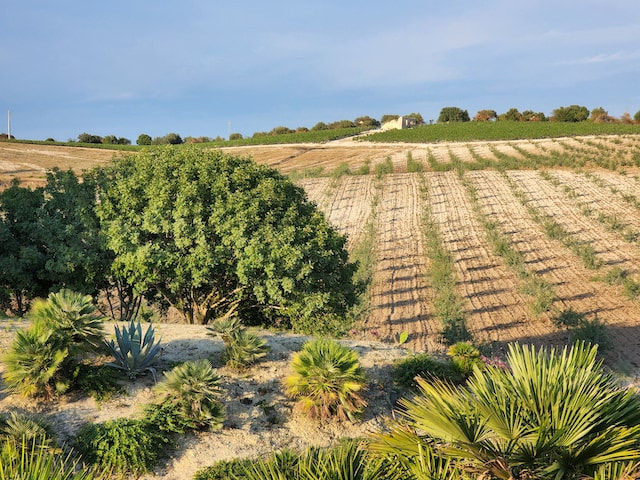
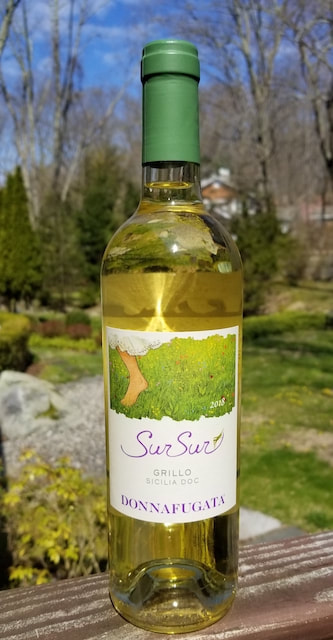
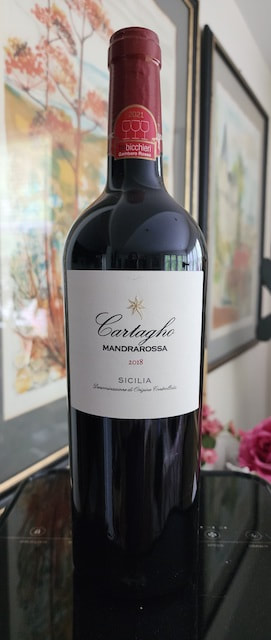
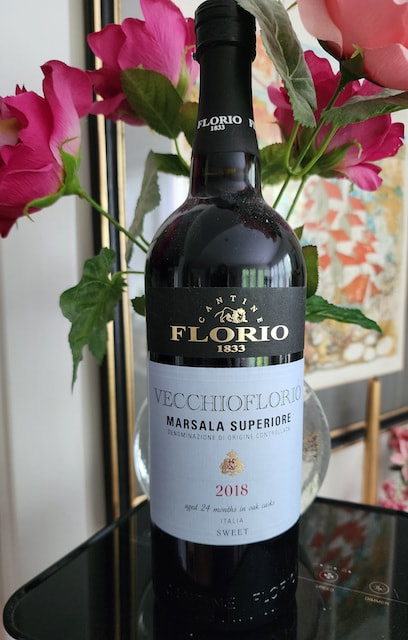
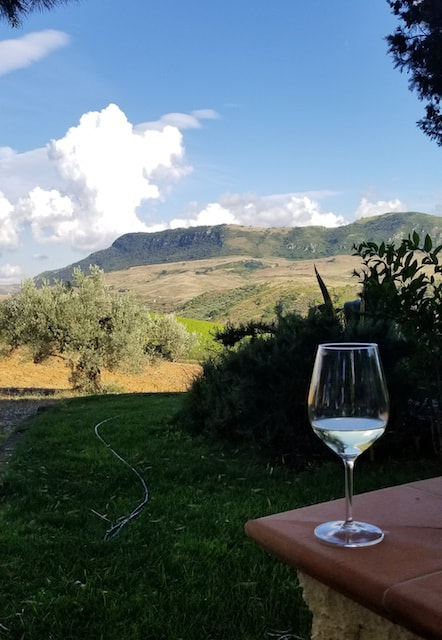
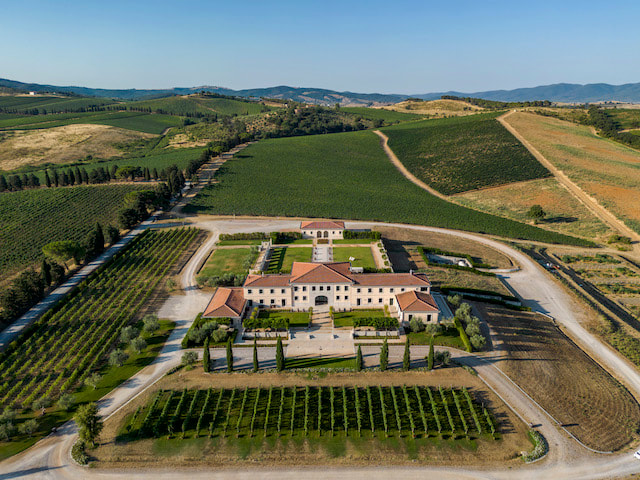

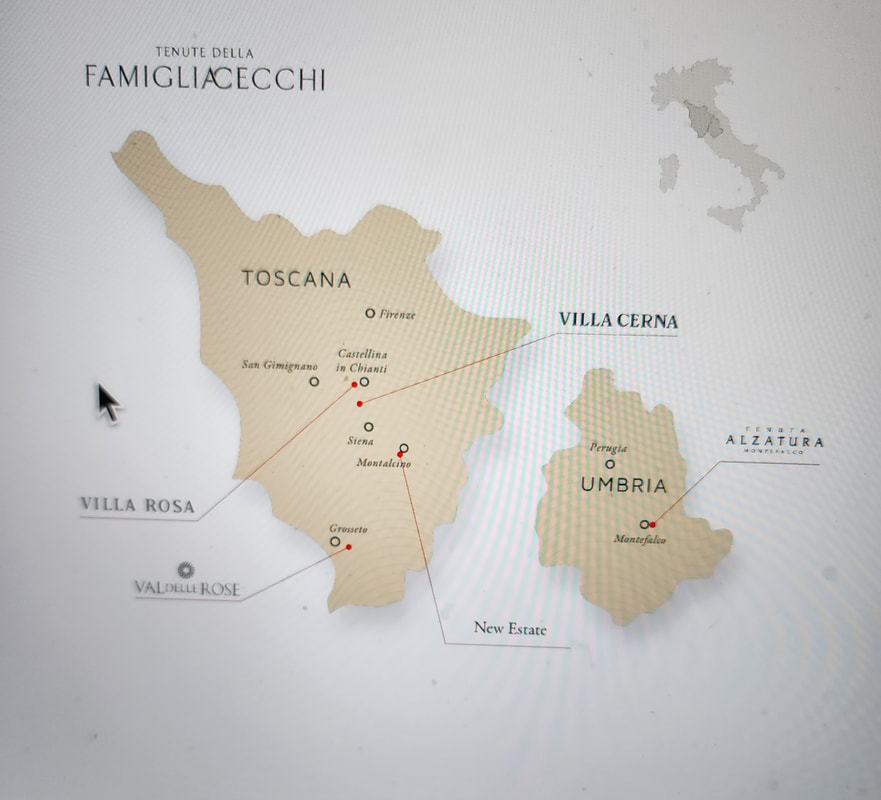
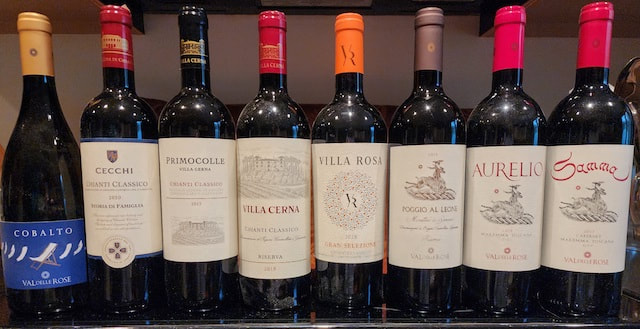
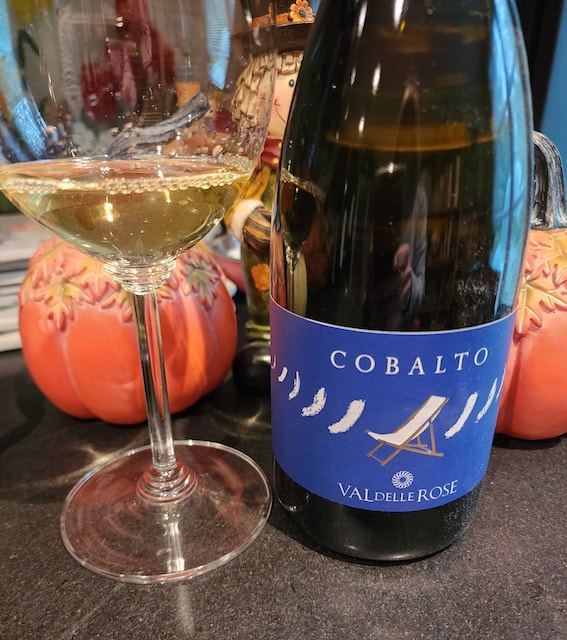
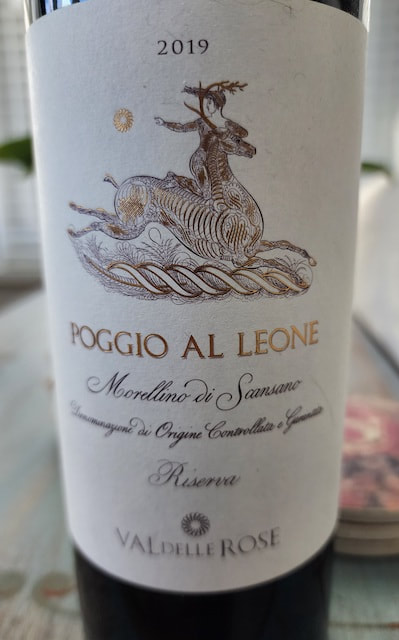
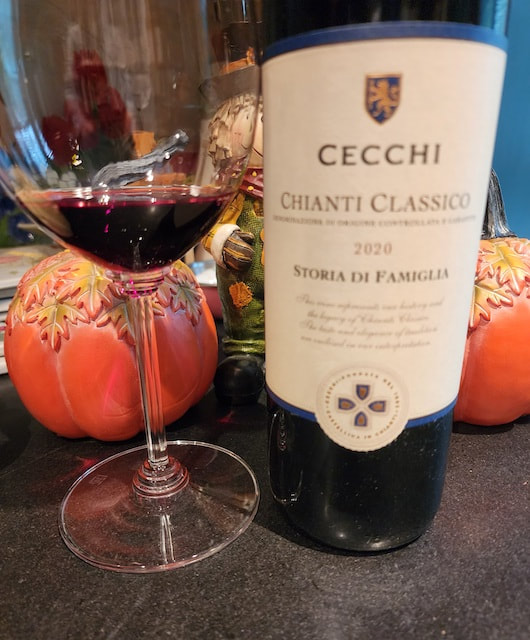
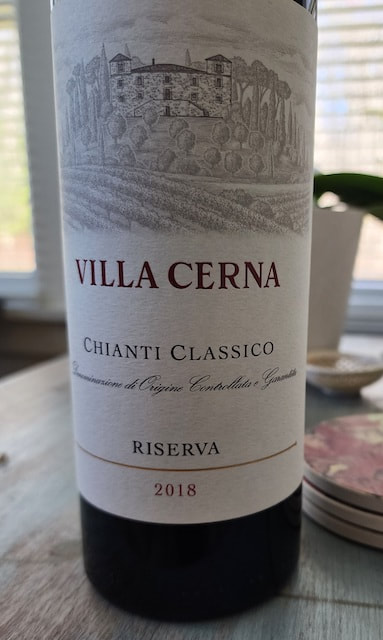
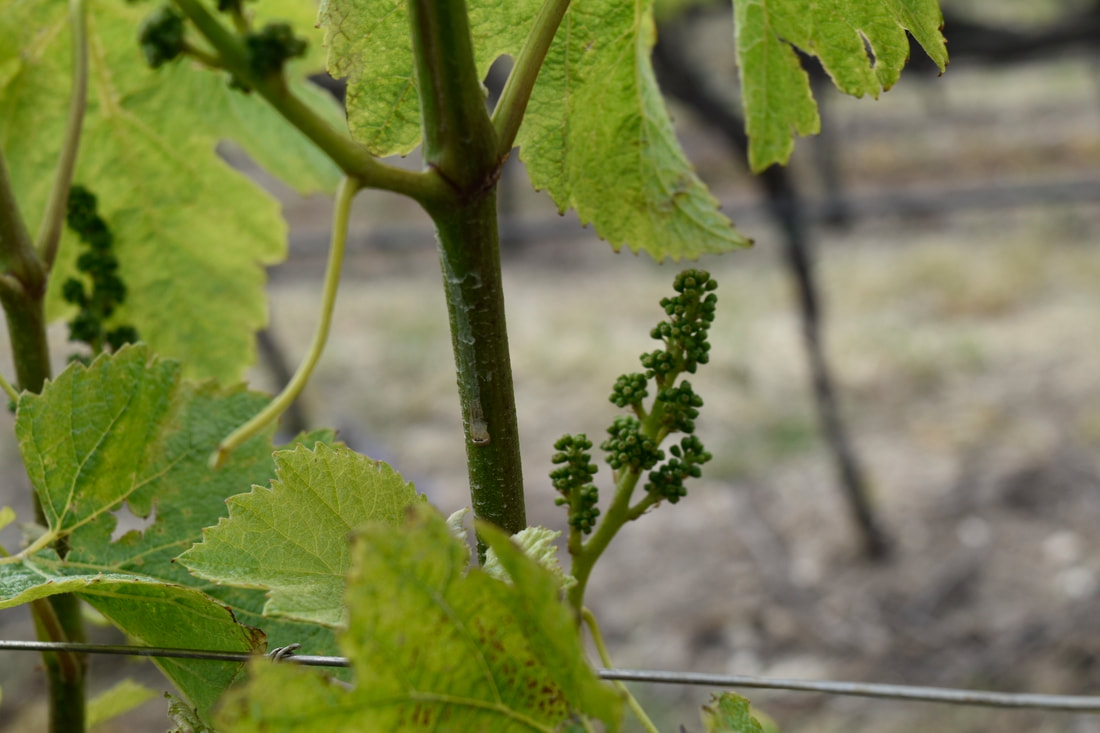
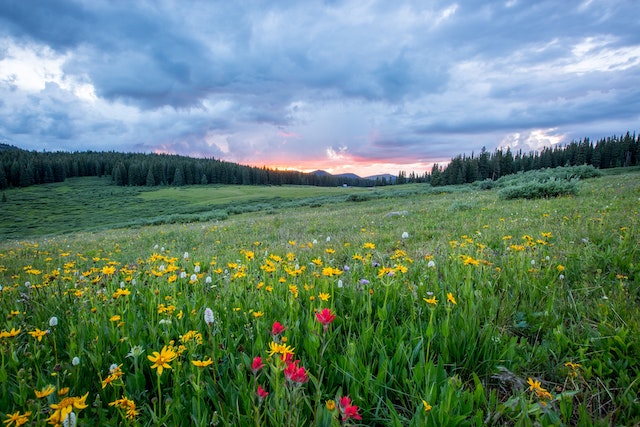

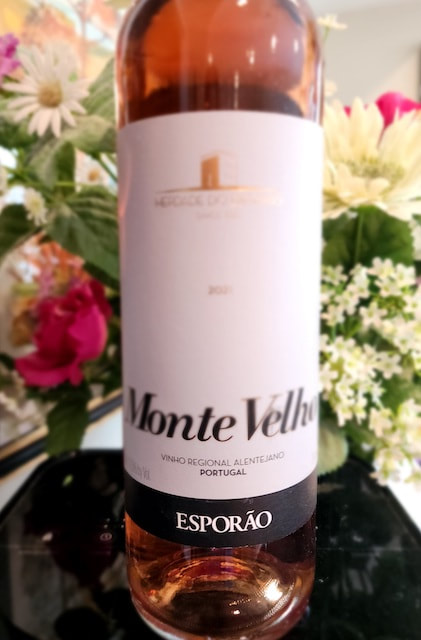
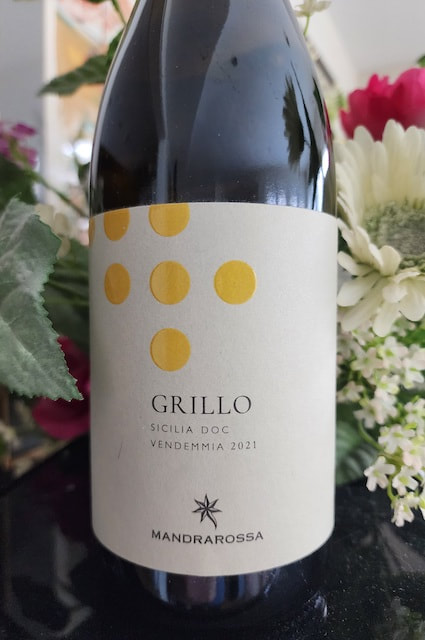
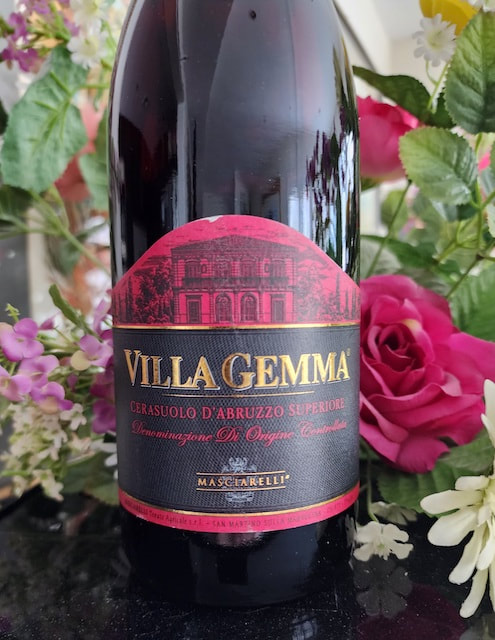
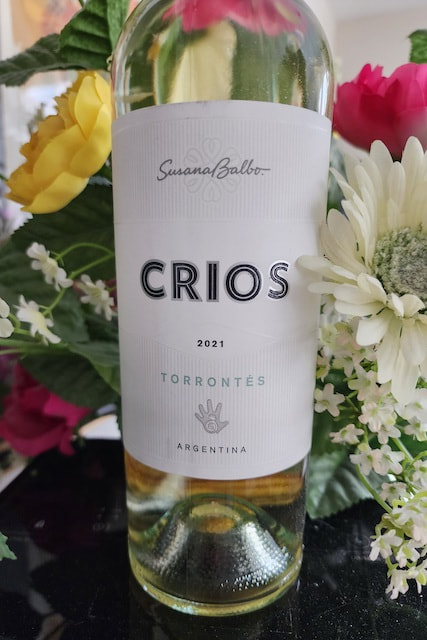
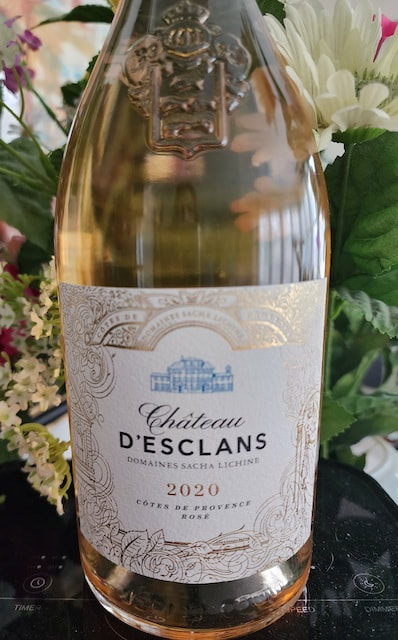
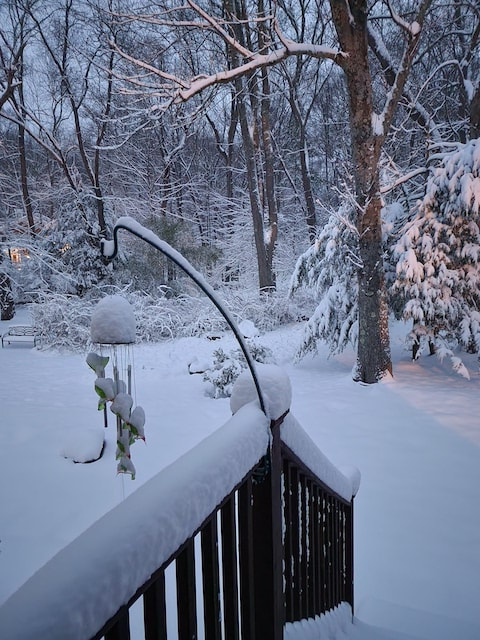
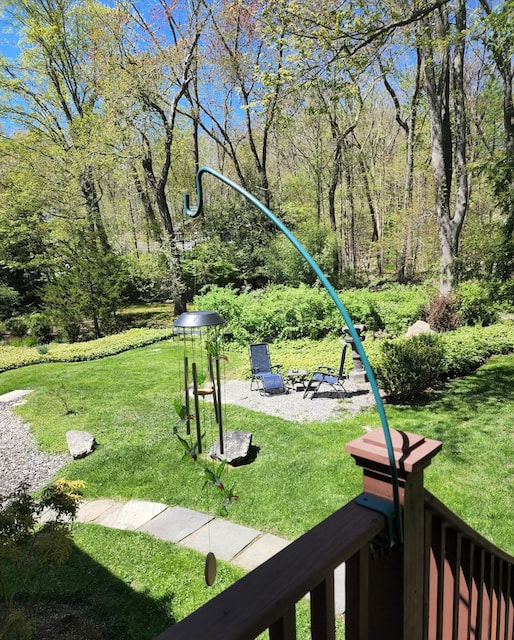
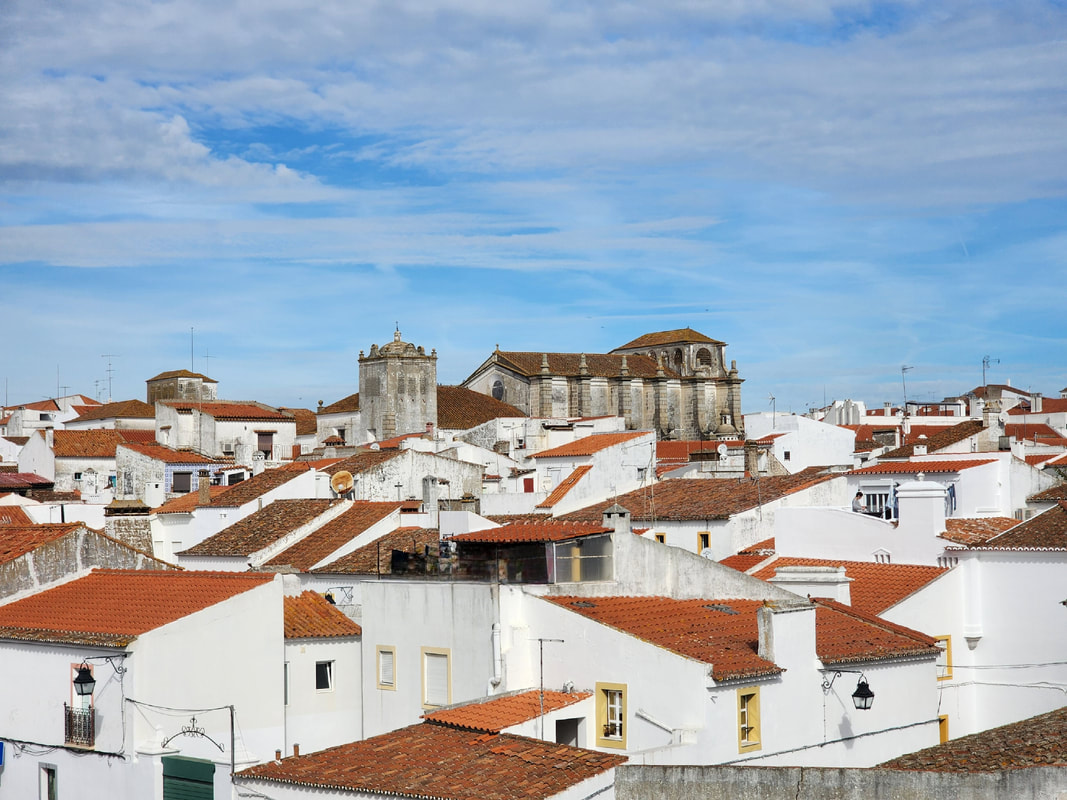
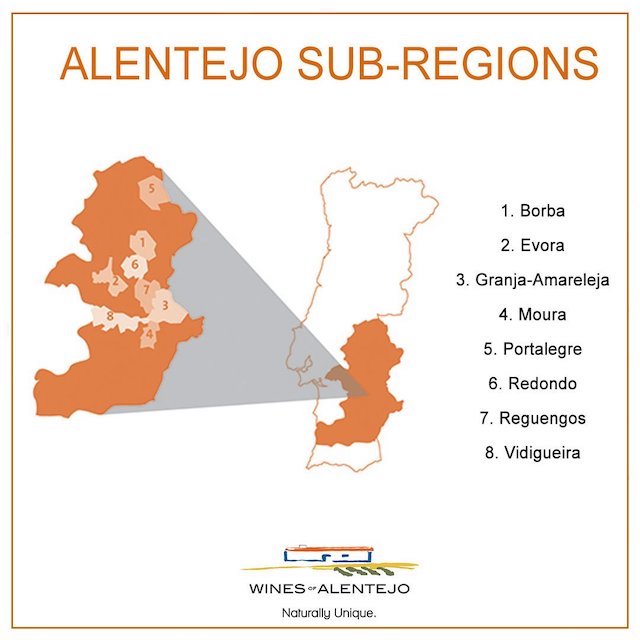
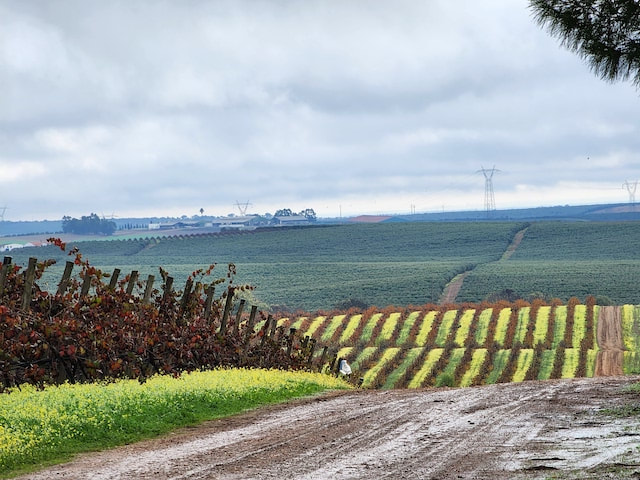
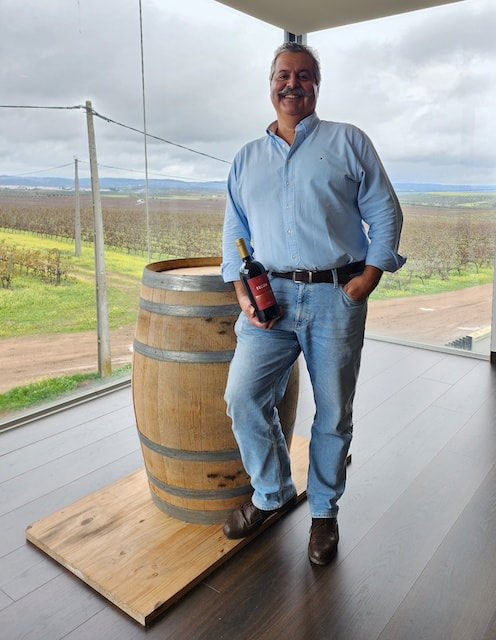
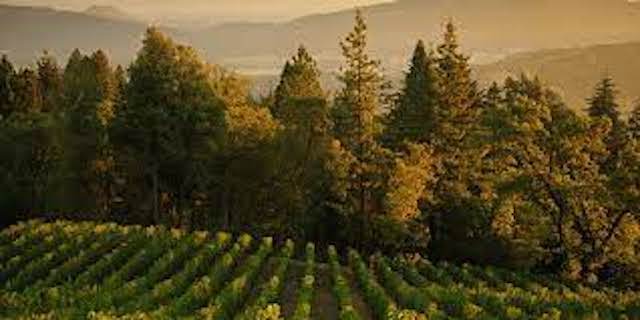
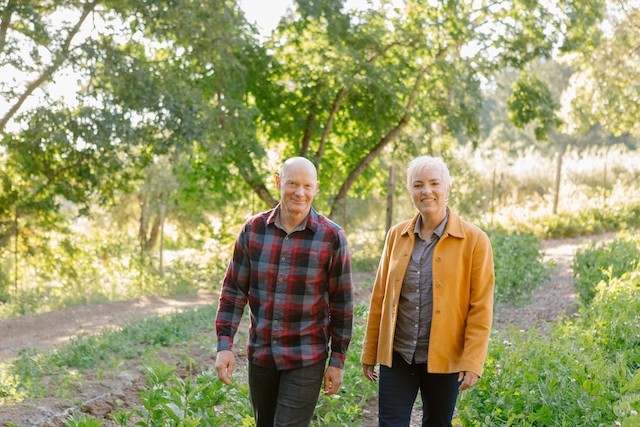
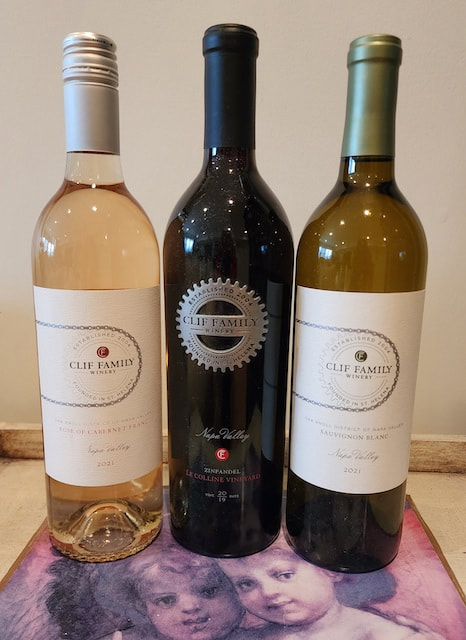
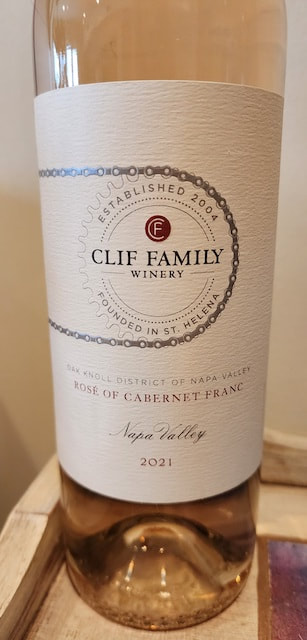
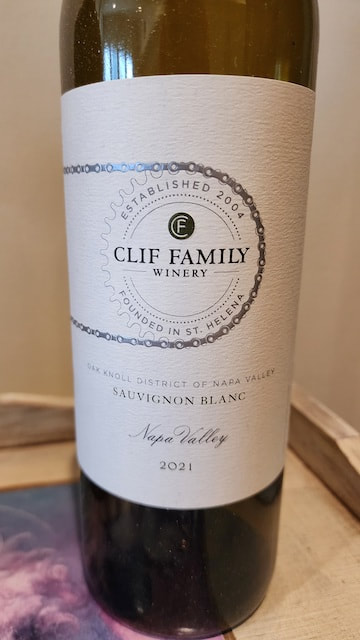
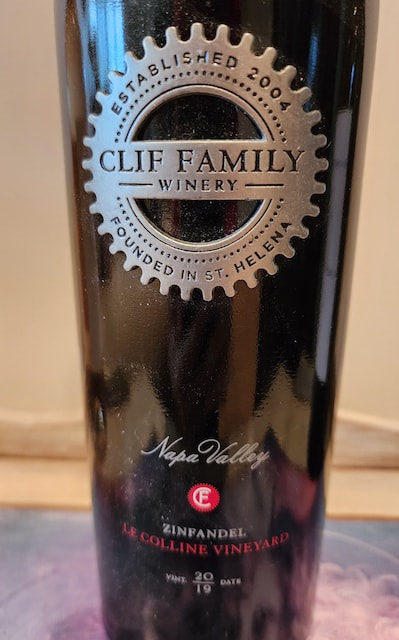
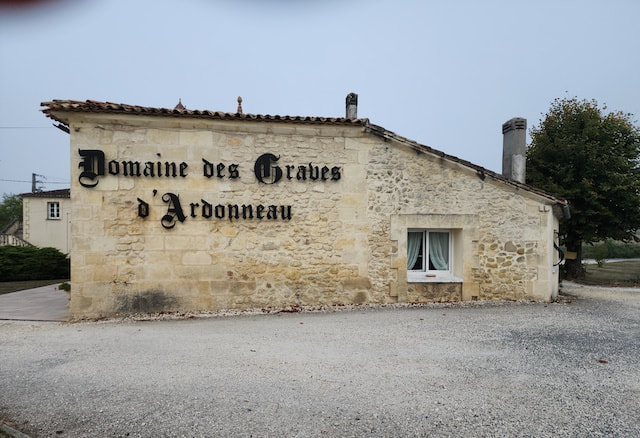
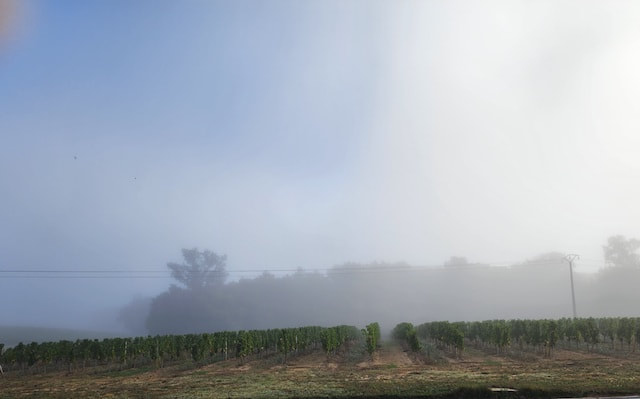
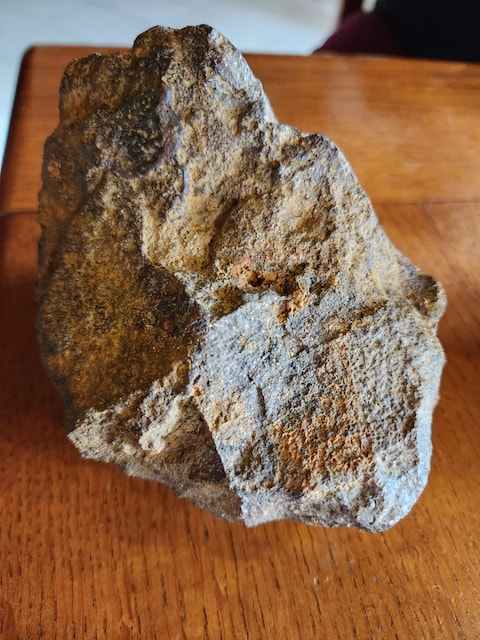
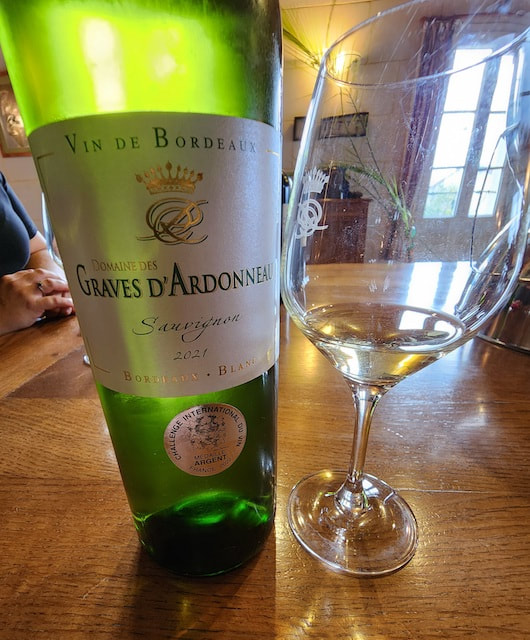
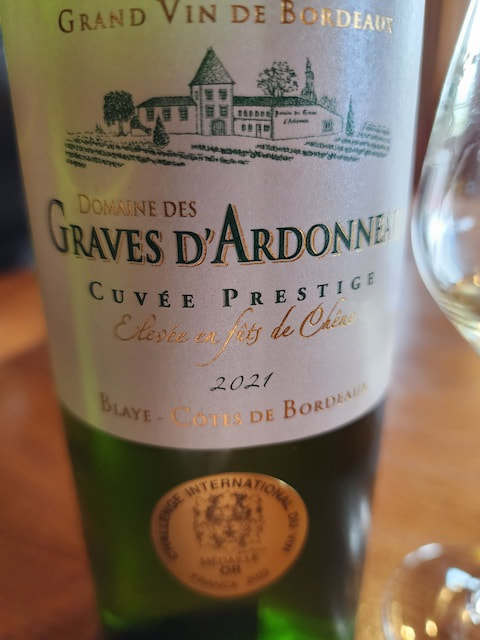
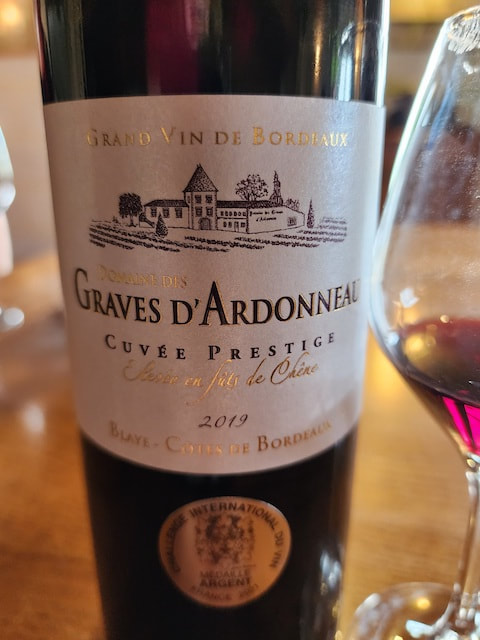
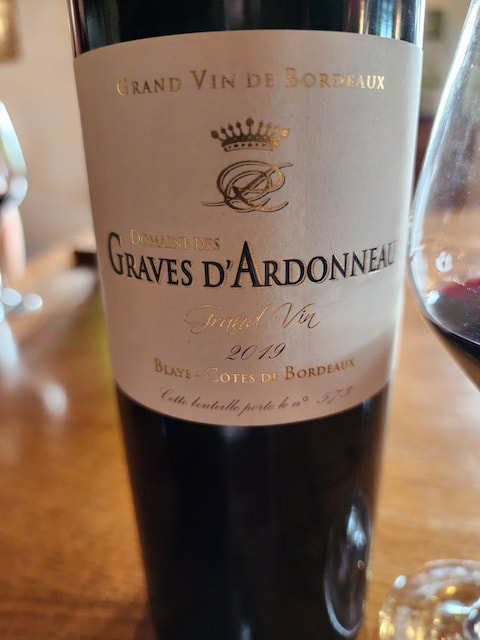
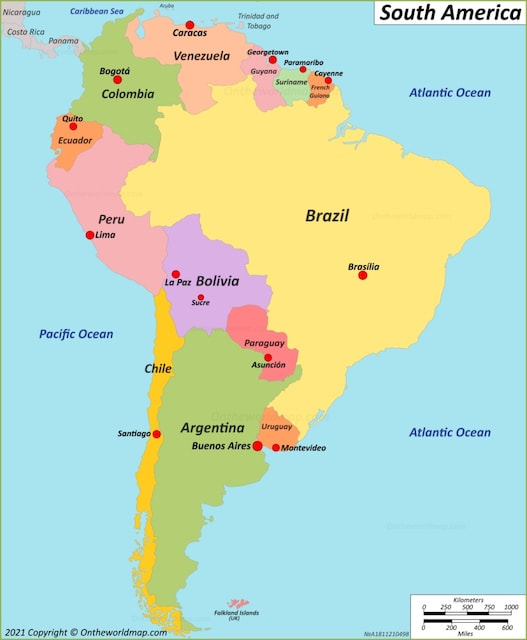
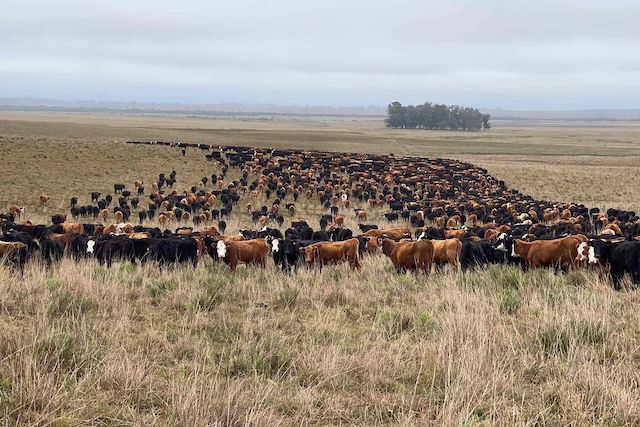
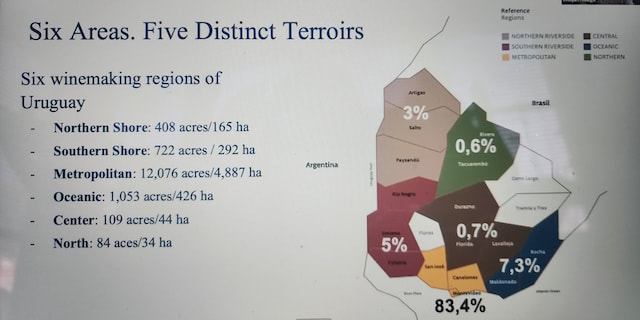
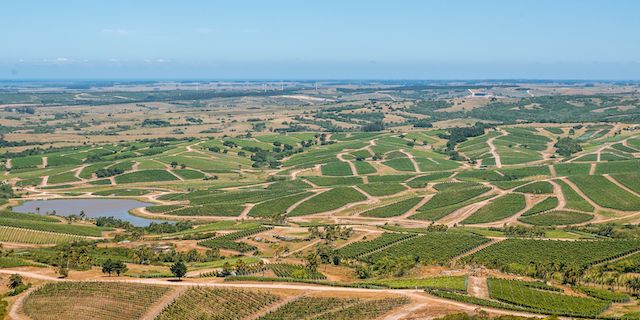
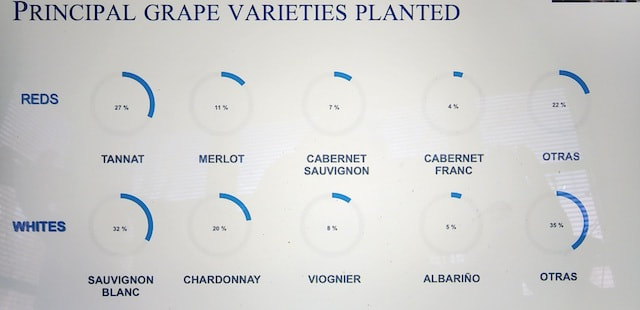
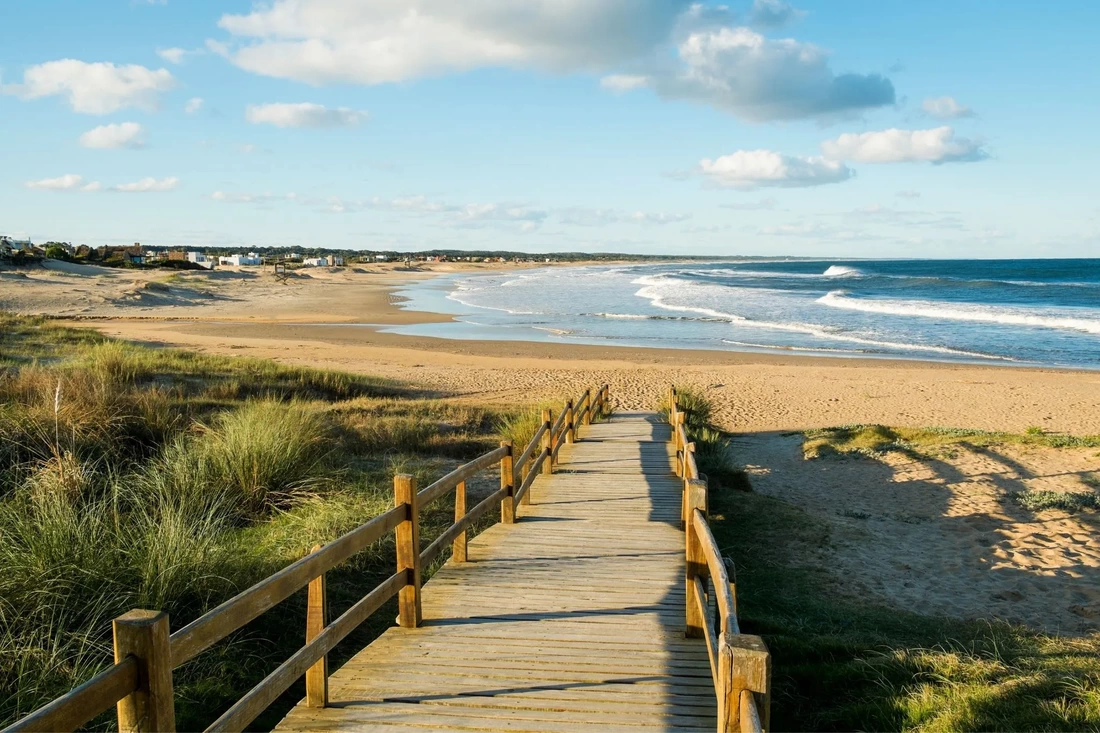
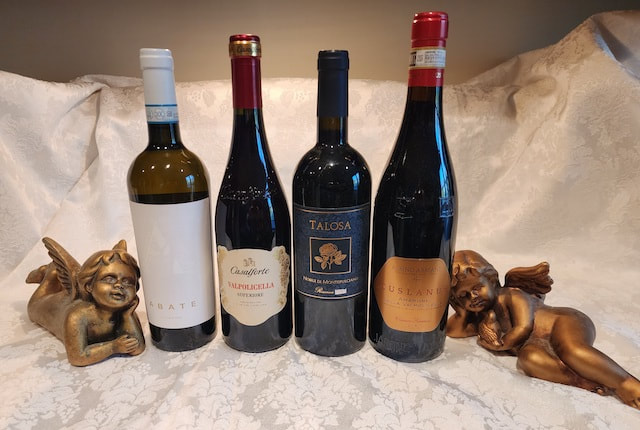
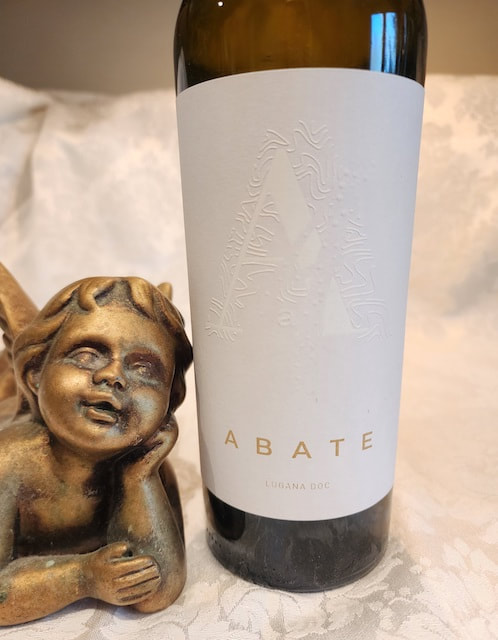
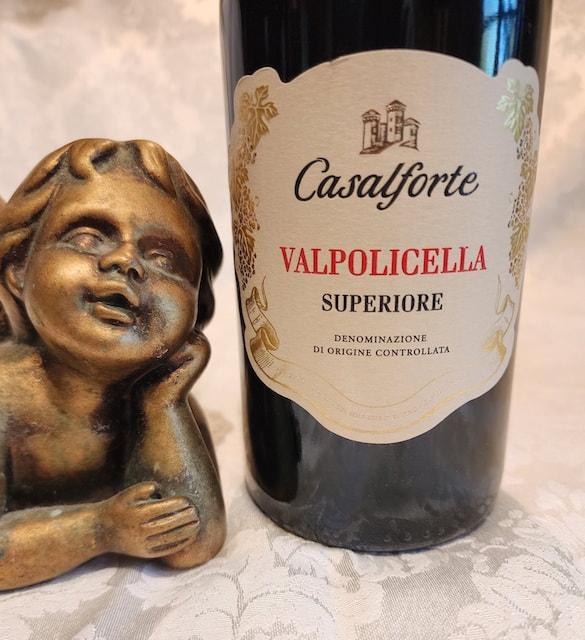
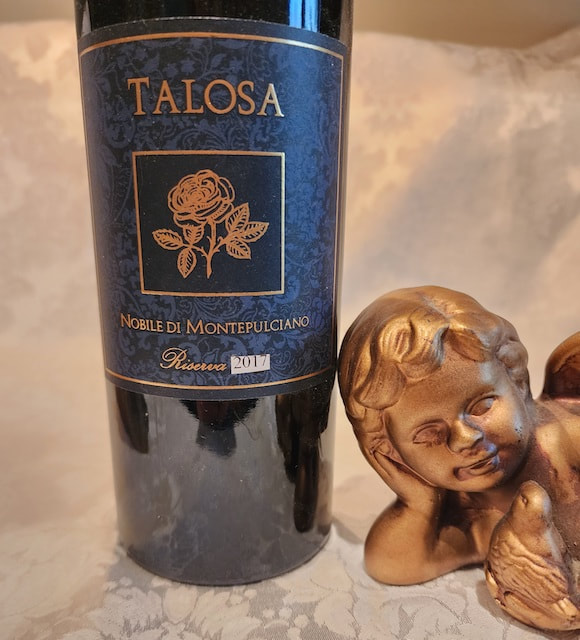
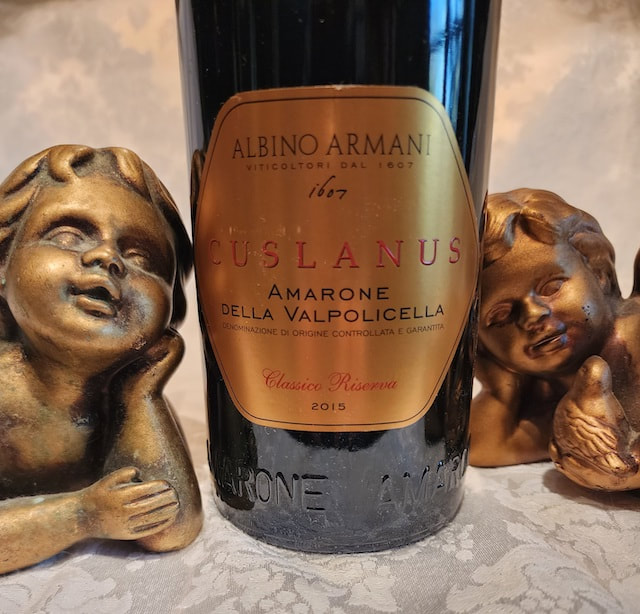
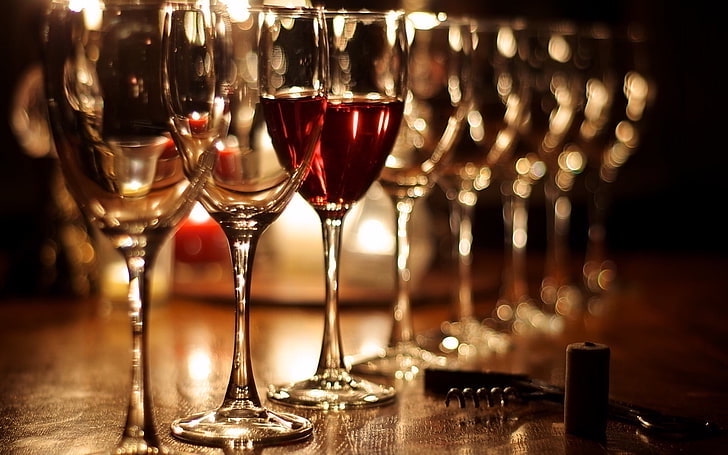
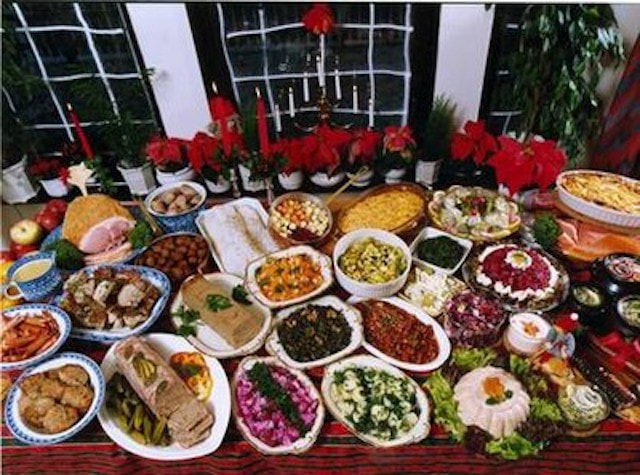
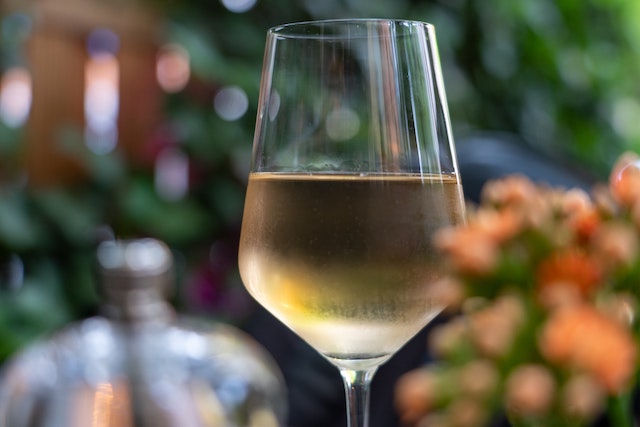

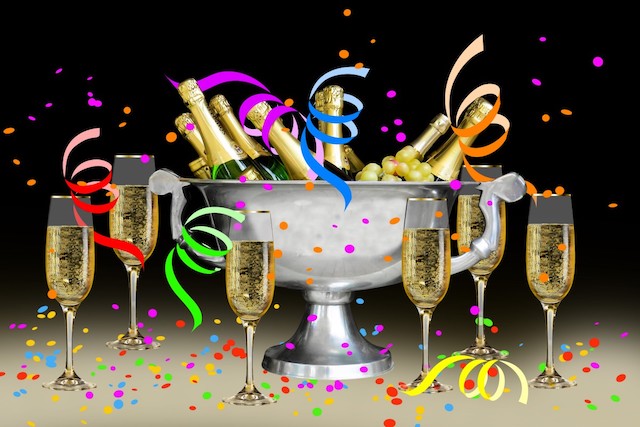
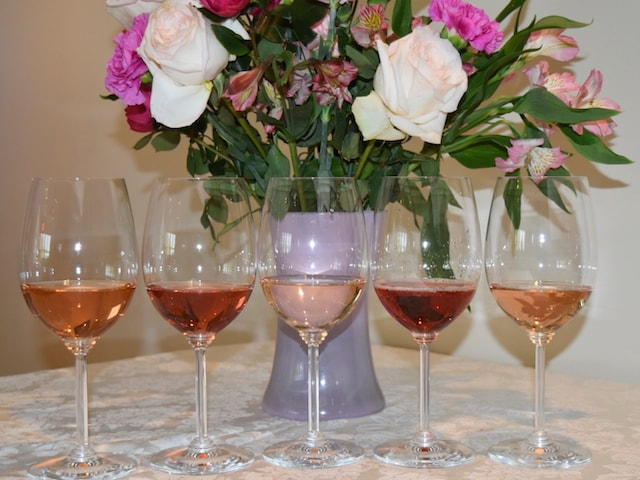
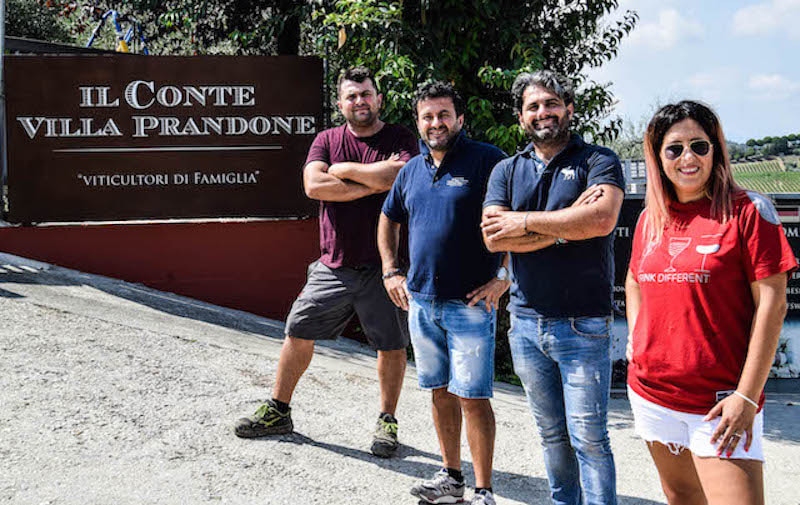
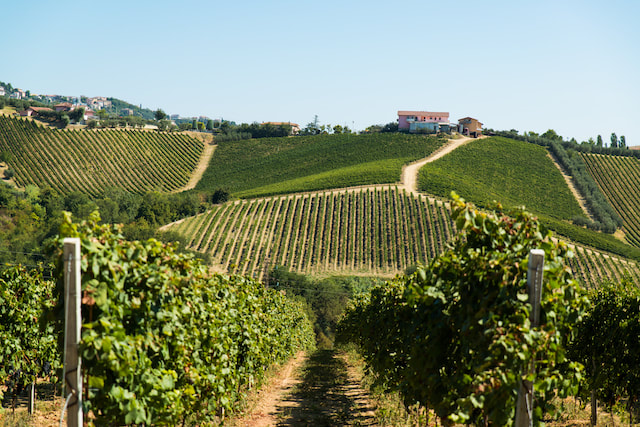
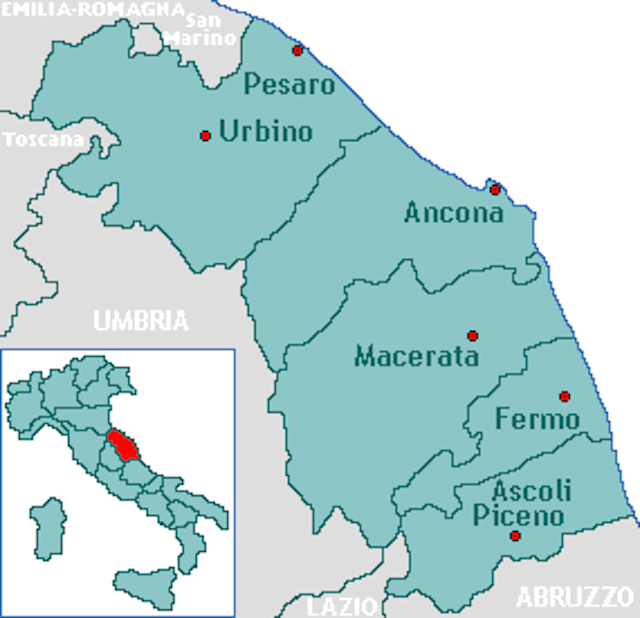
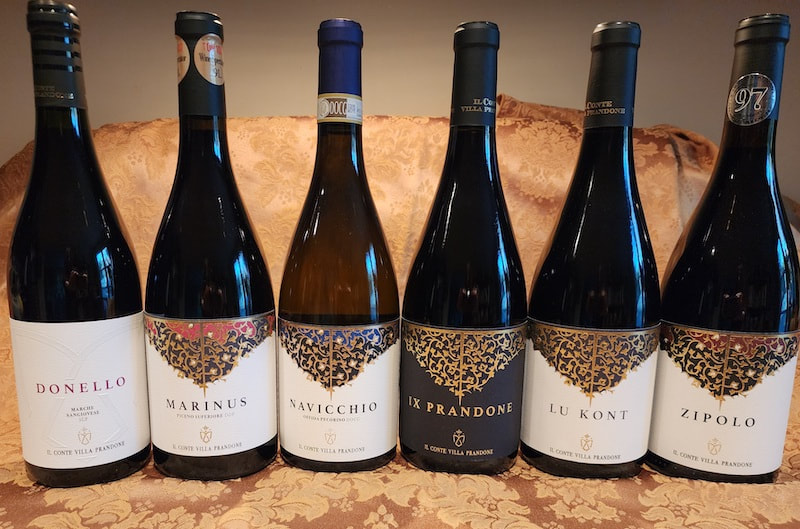
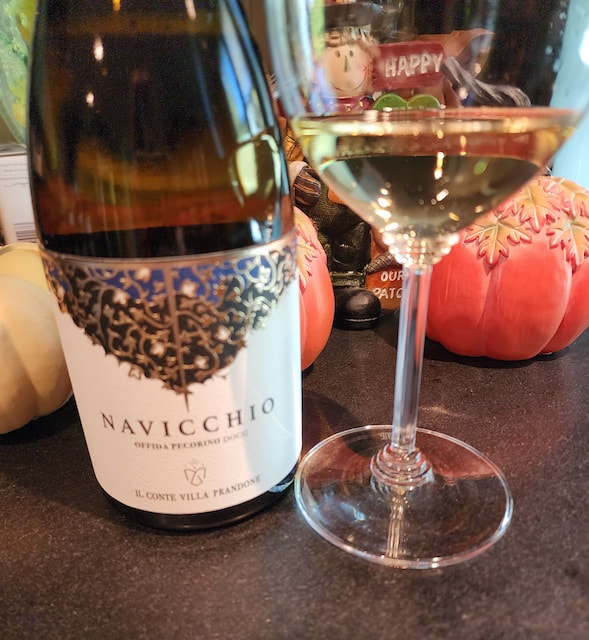

 RSS Feed
RSS Feed